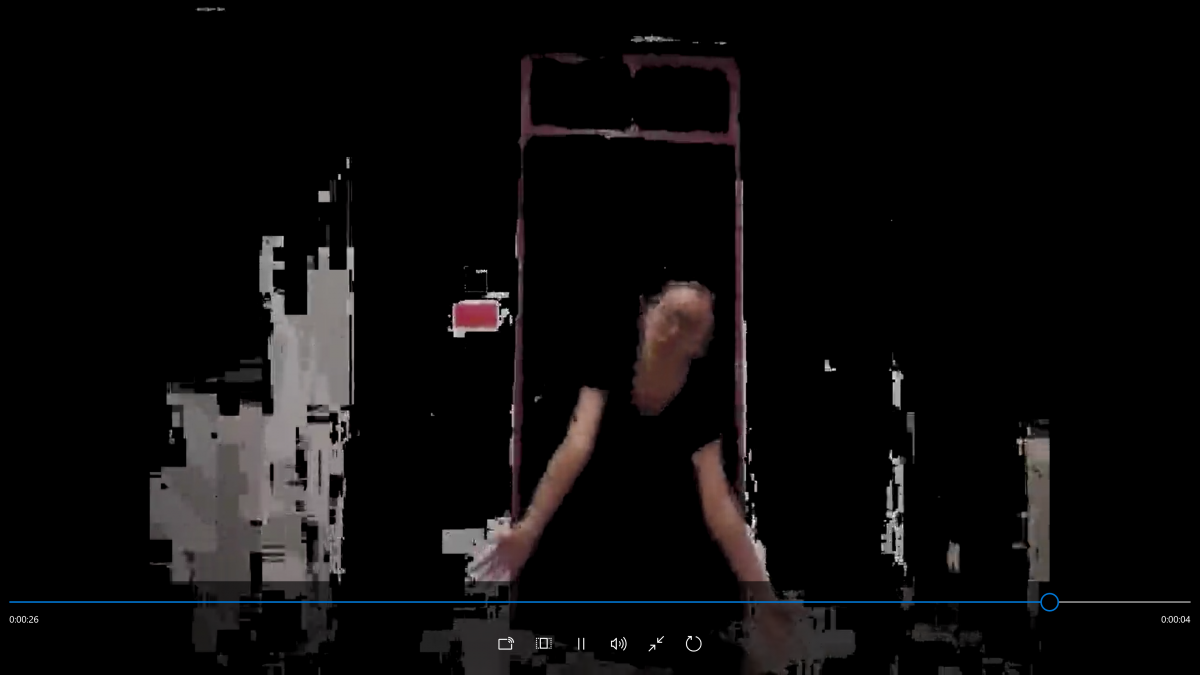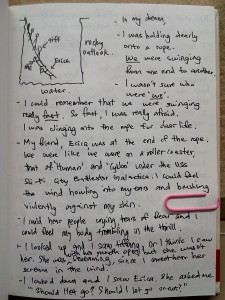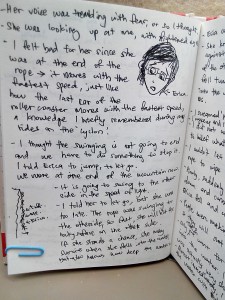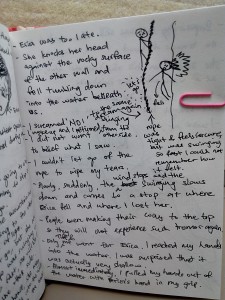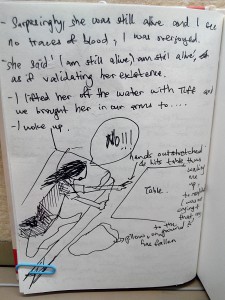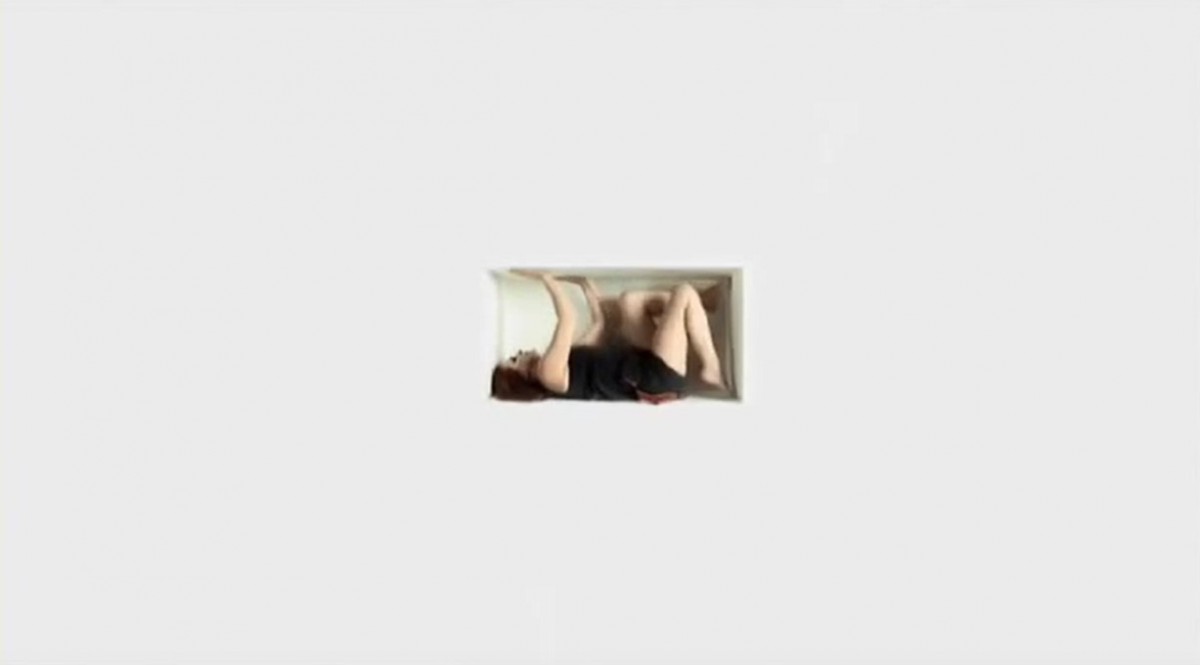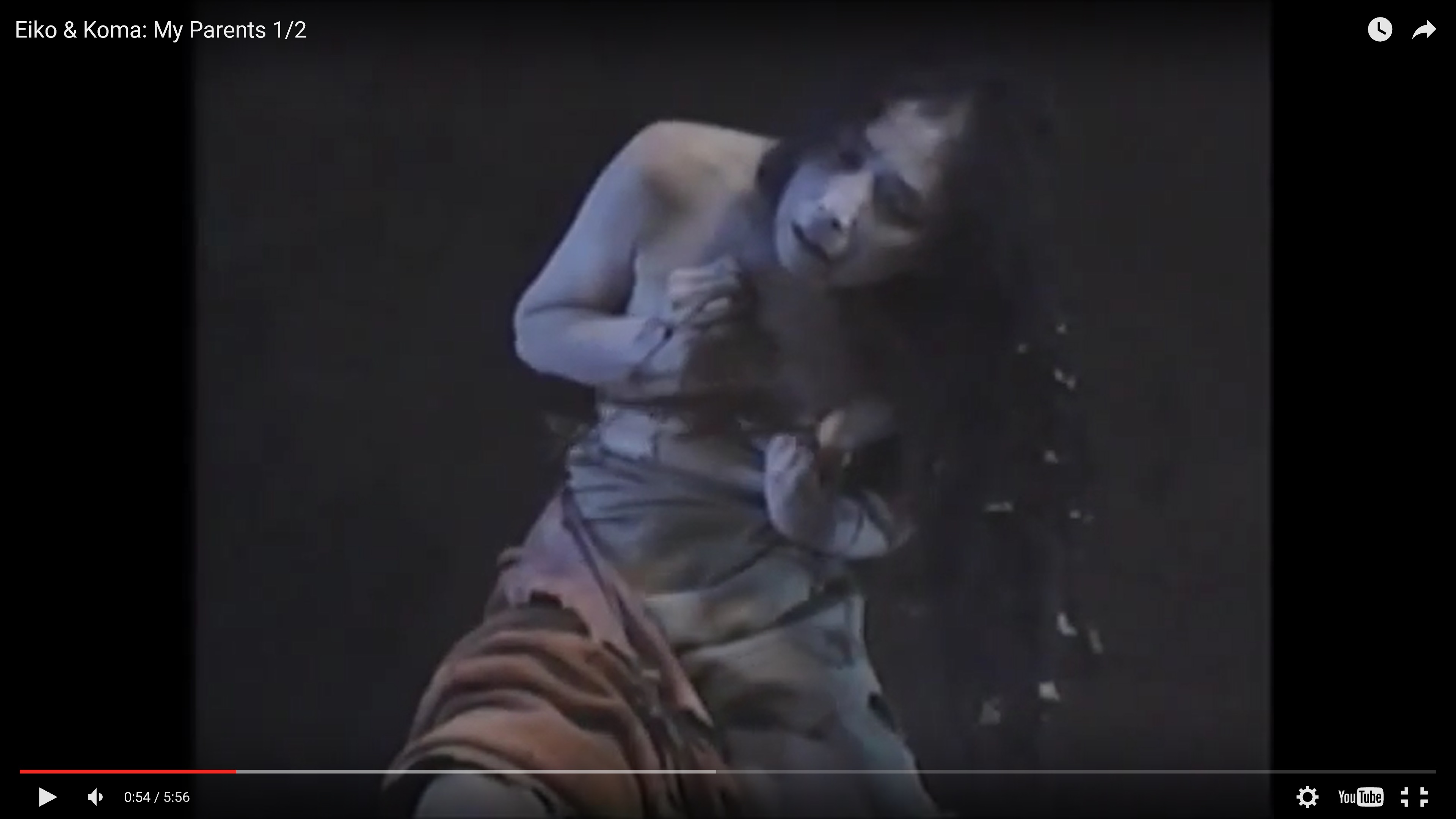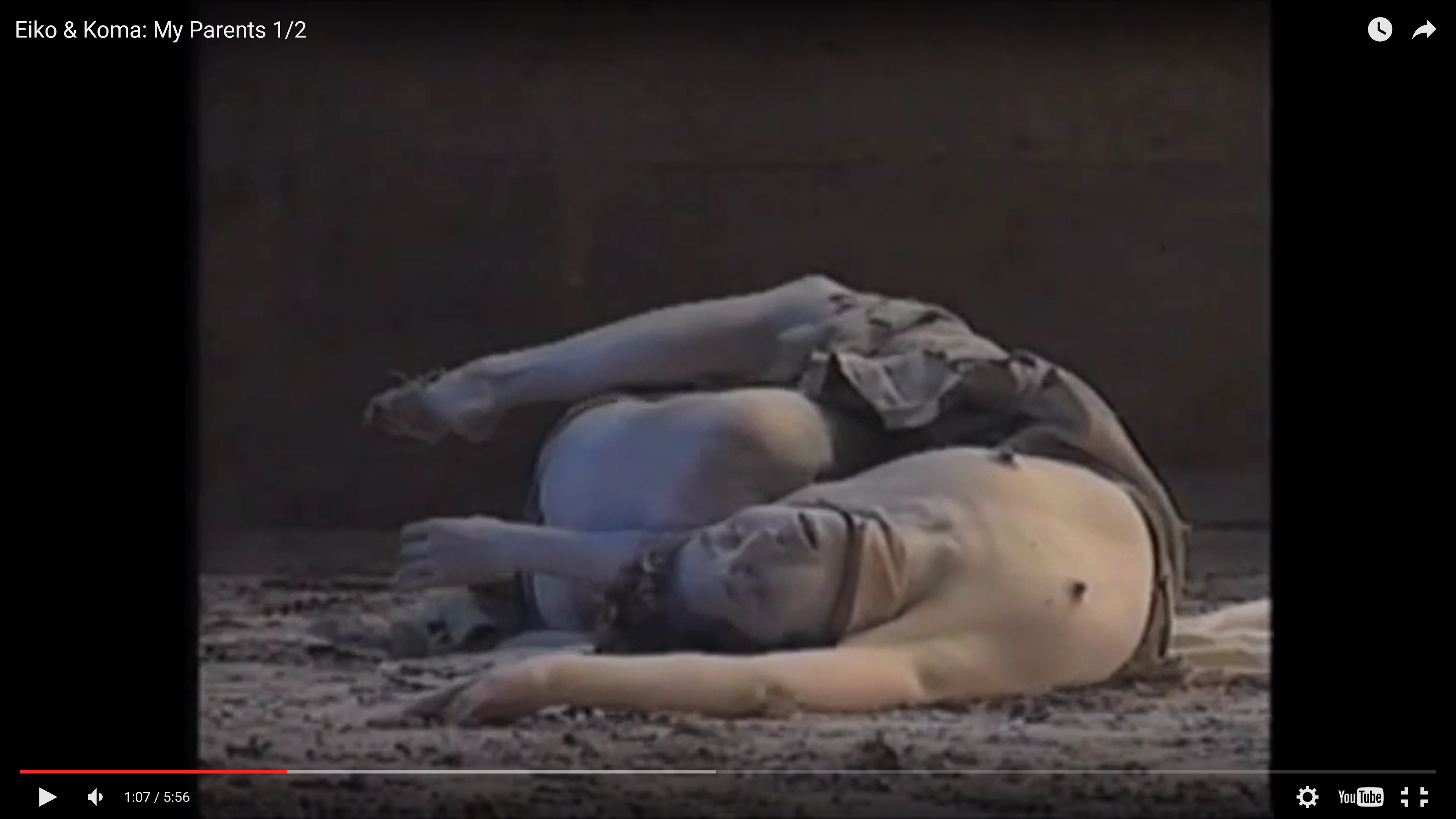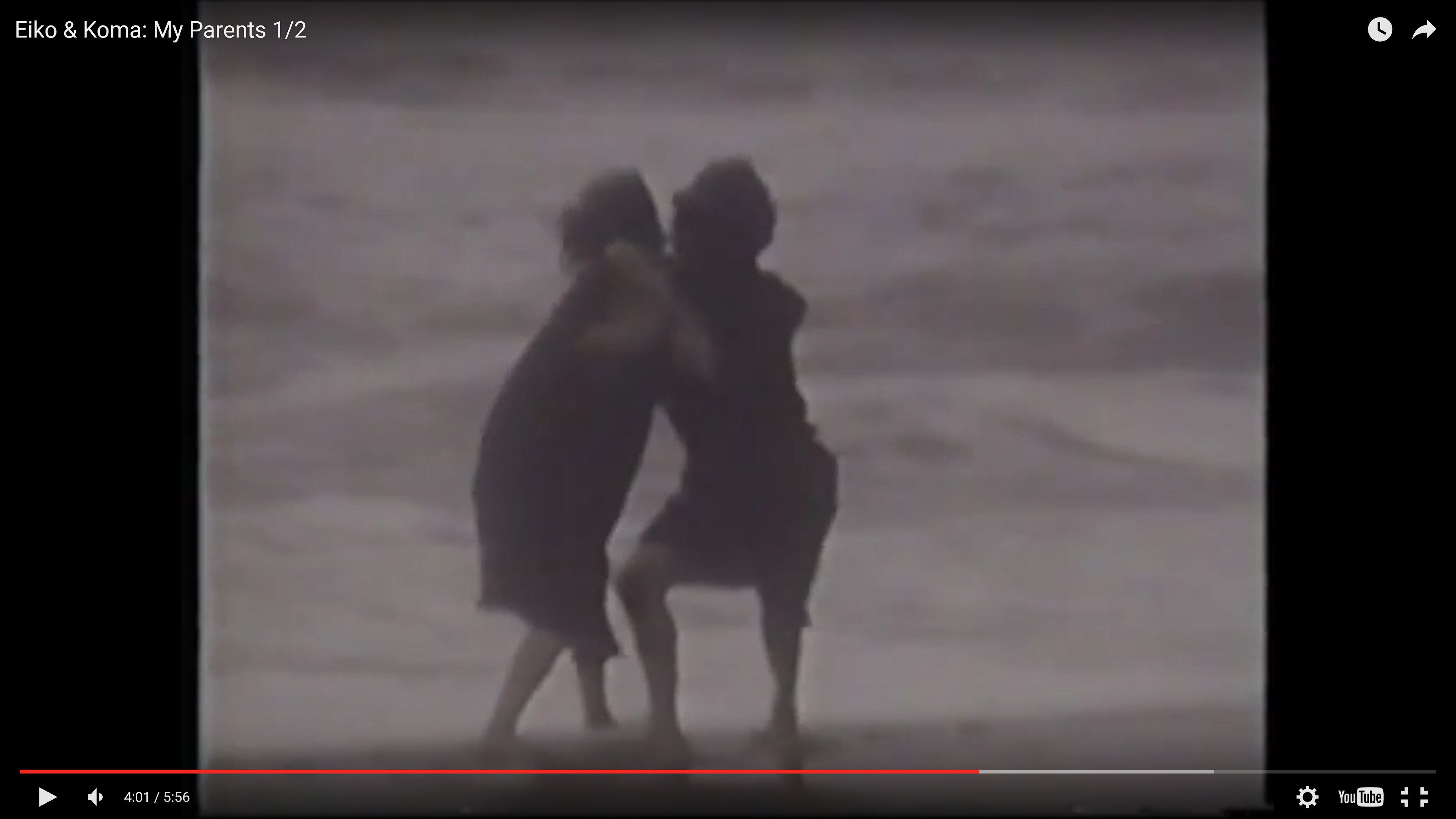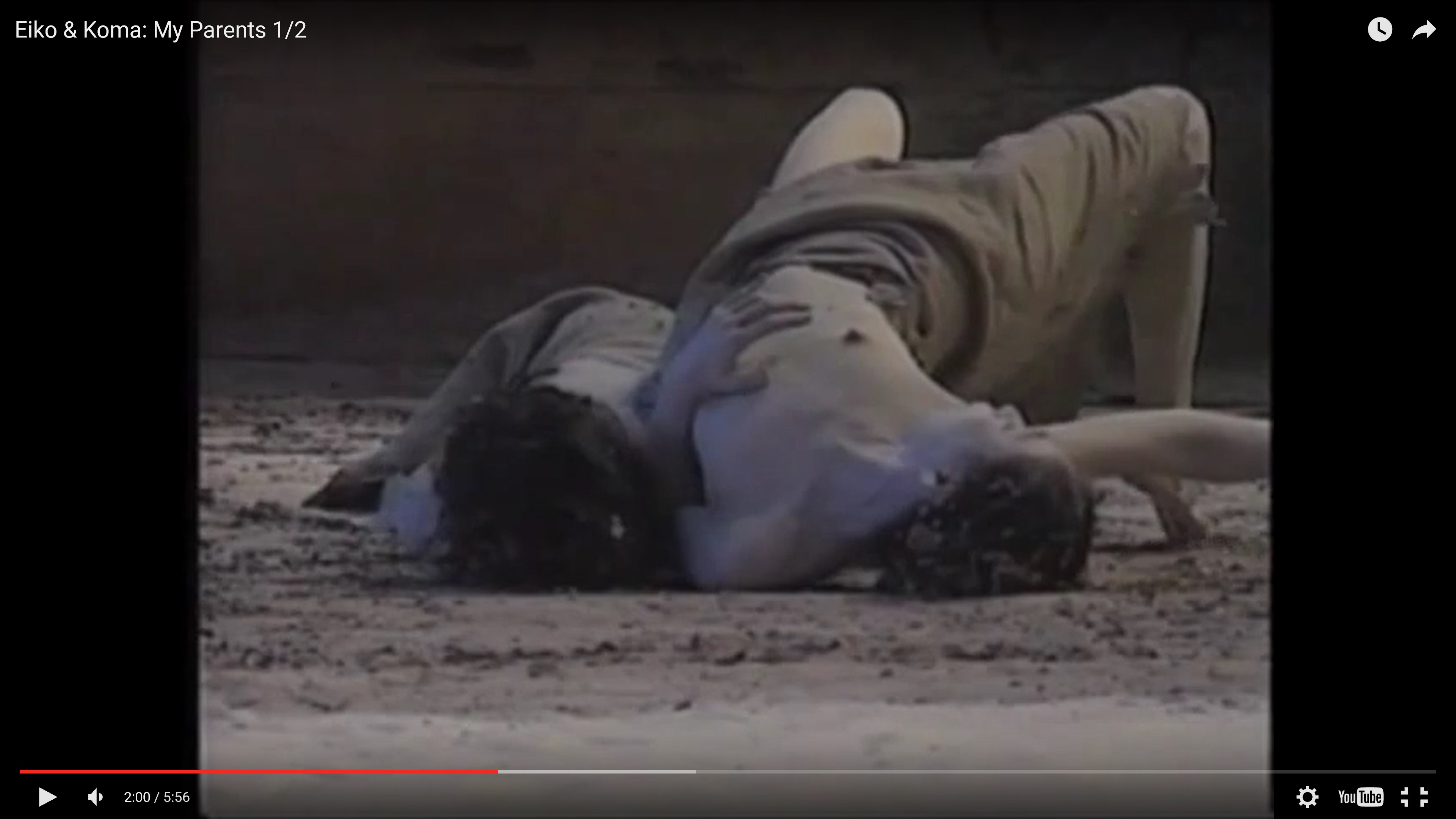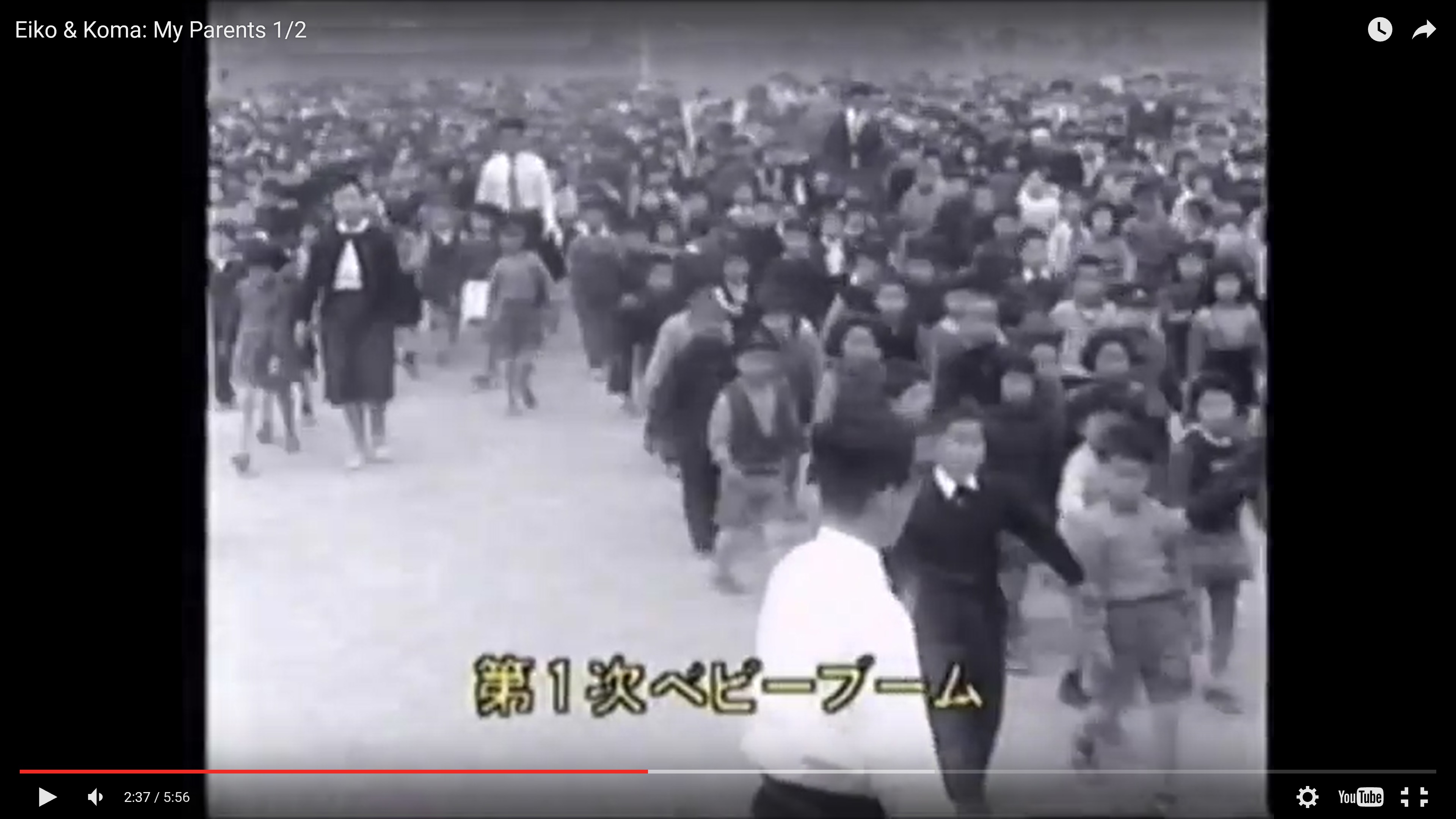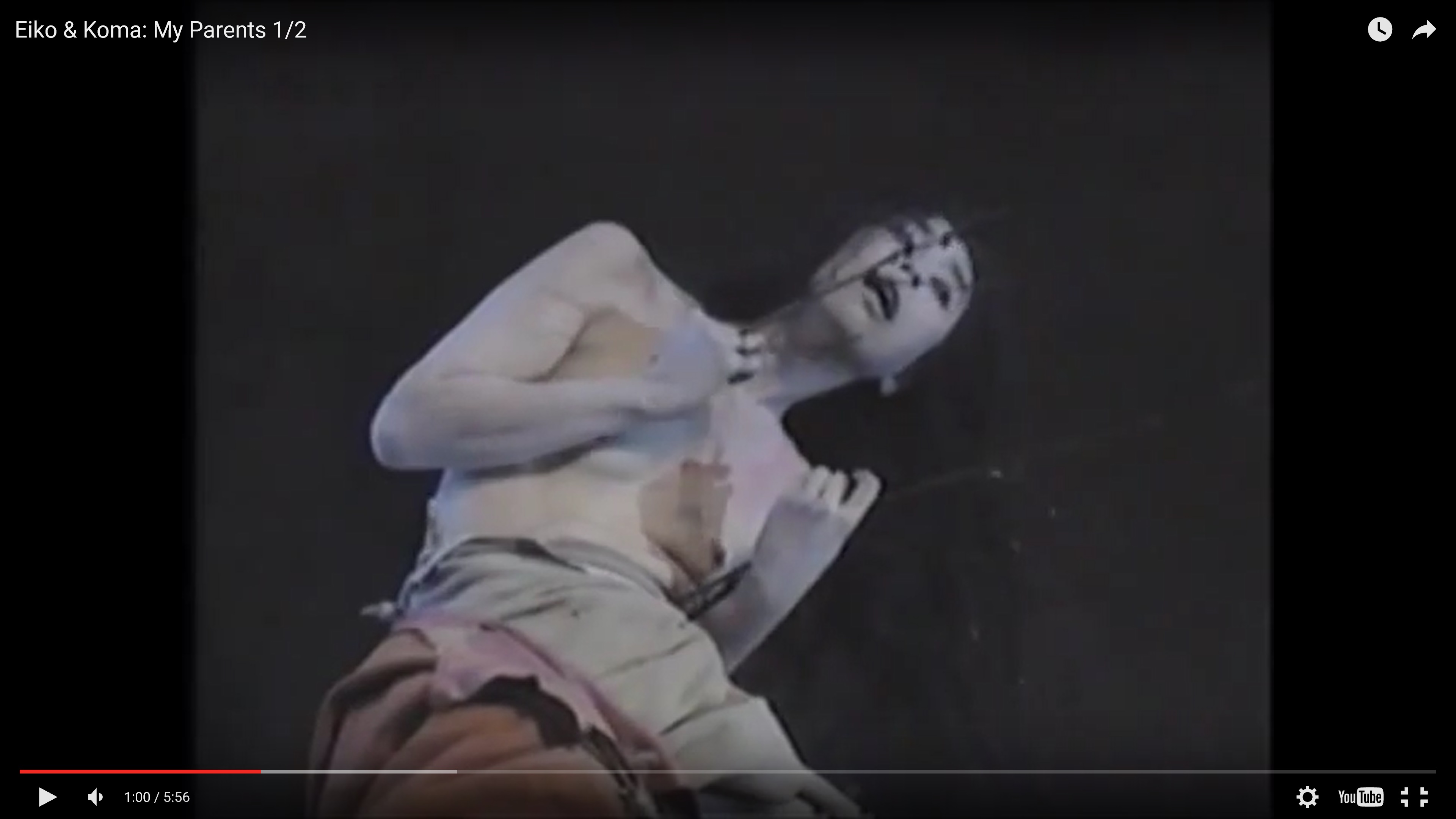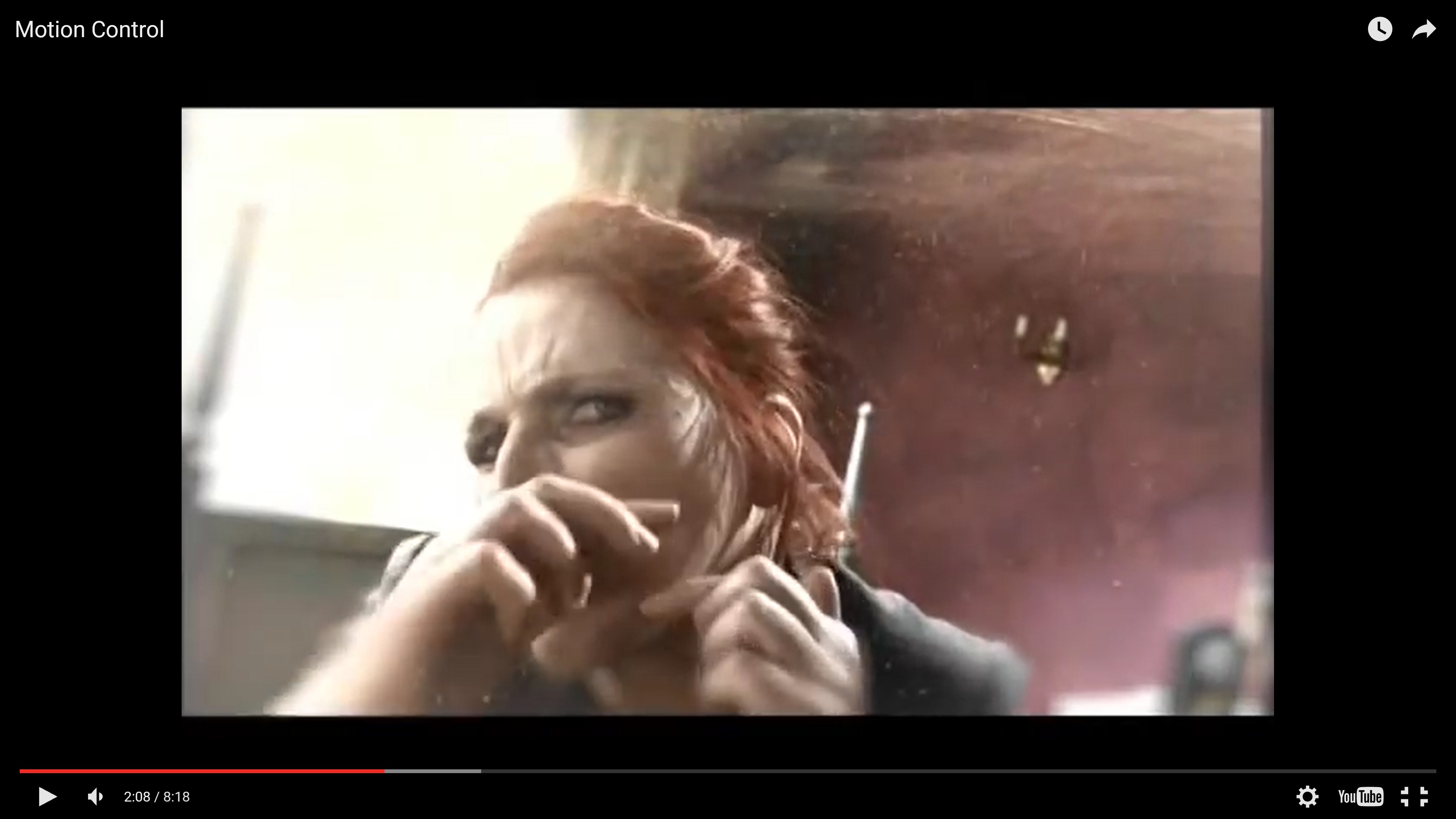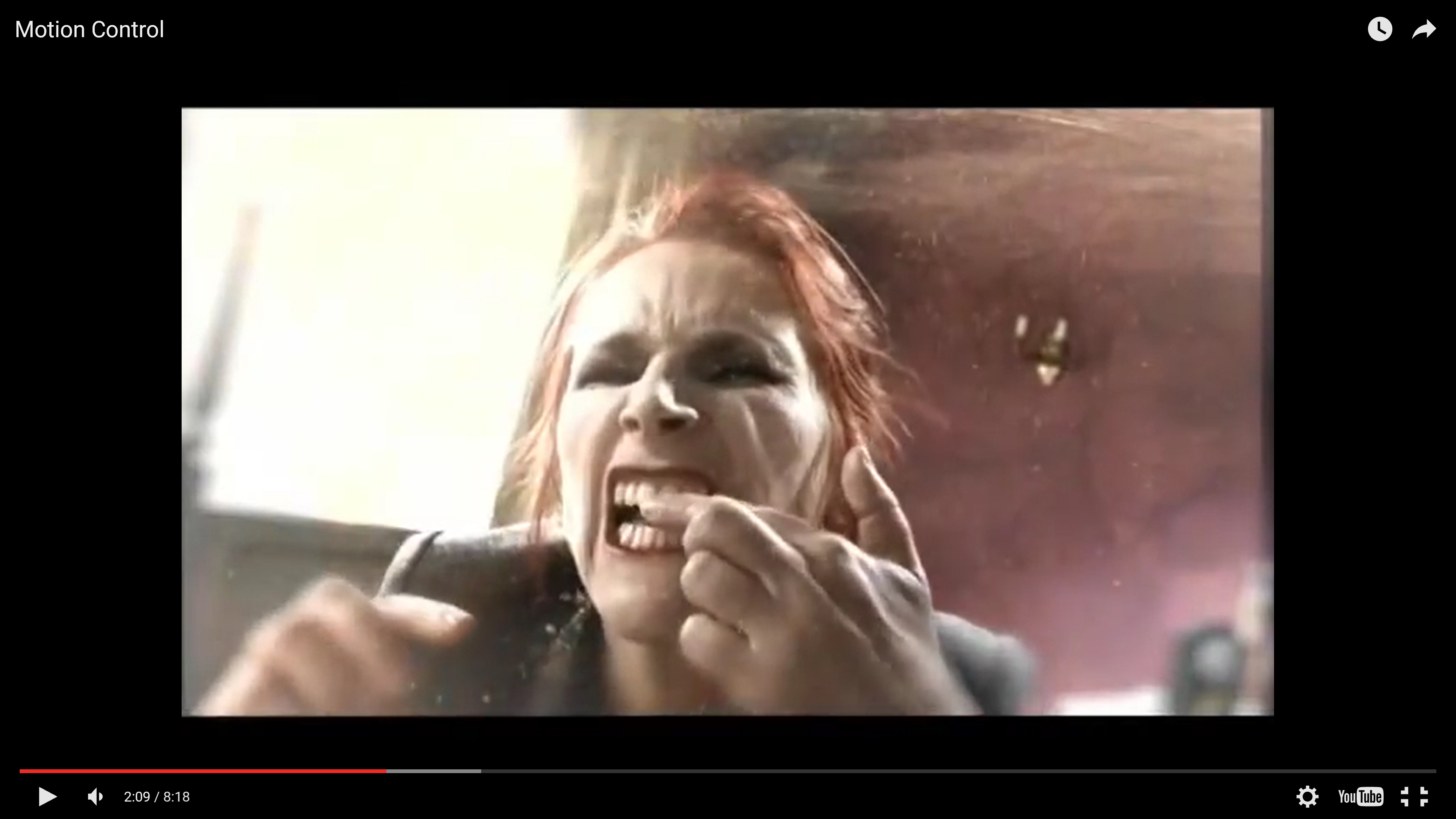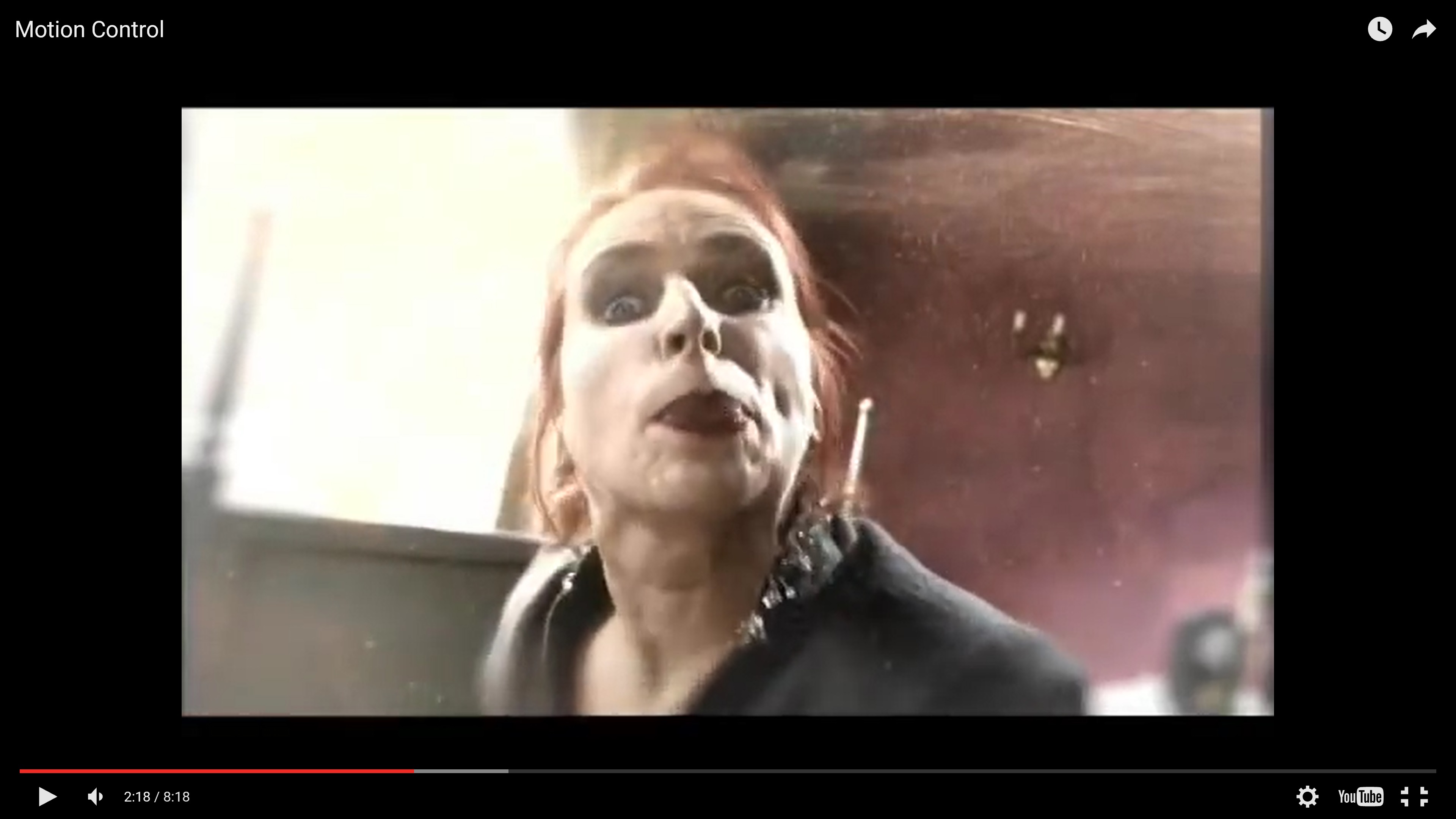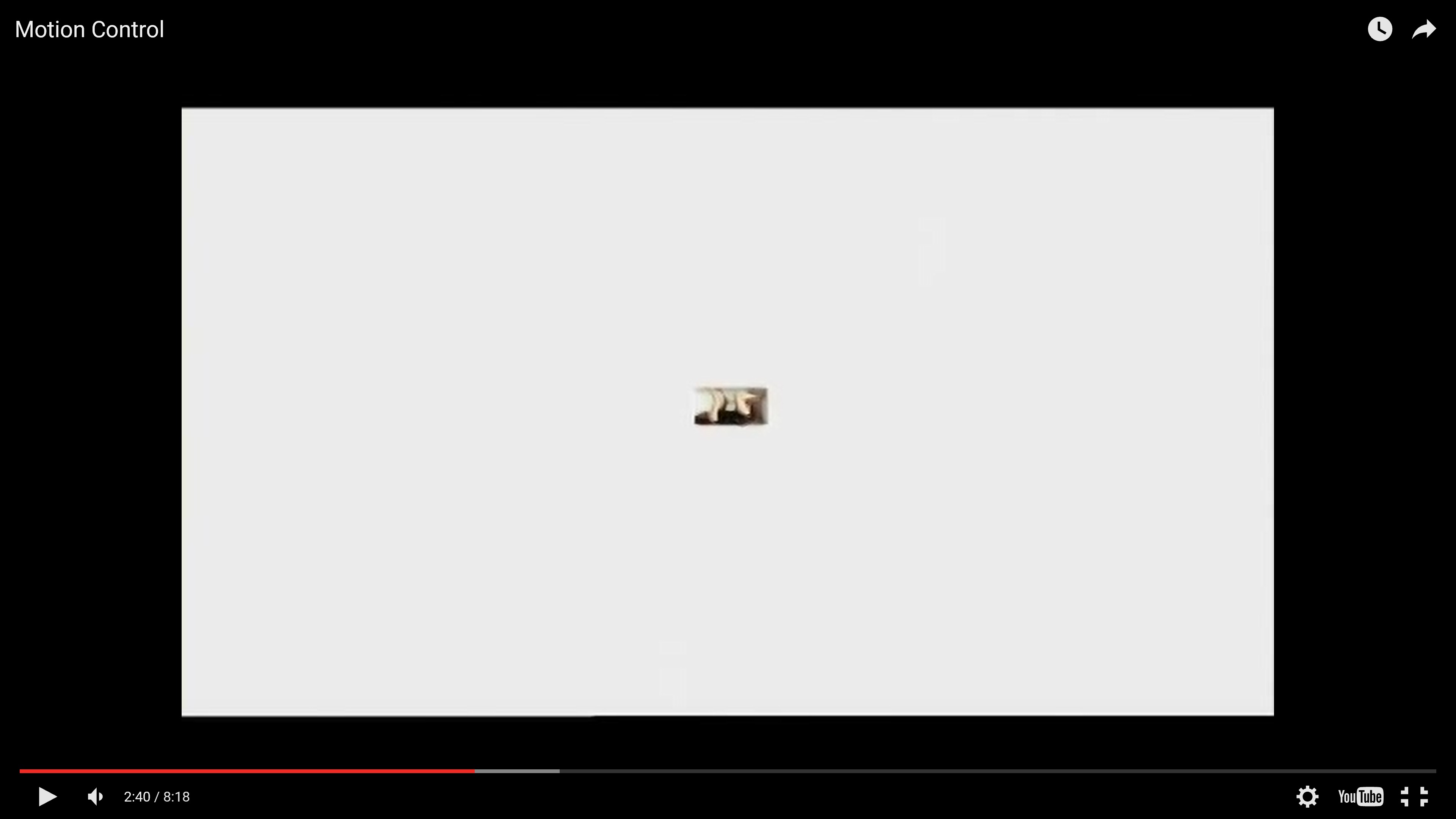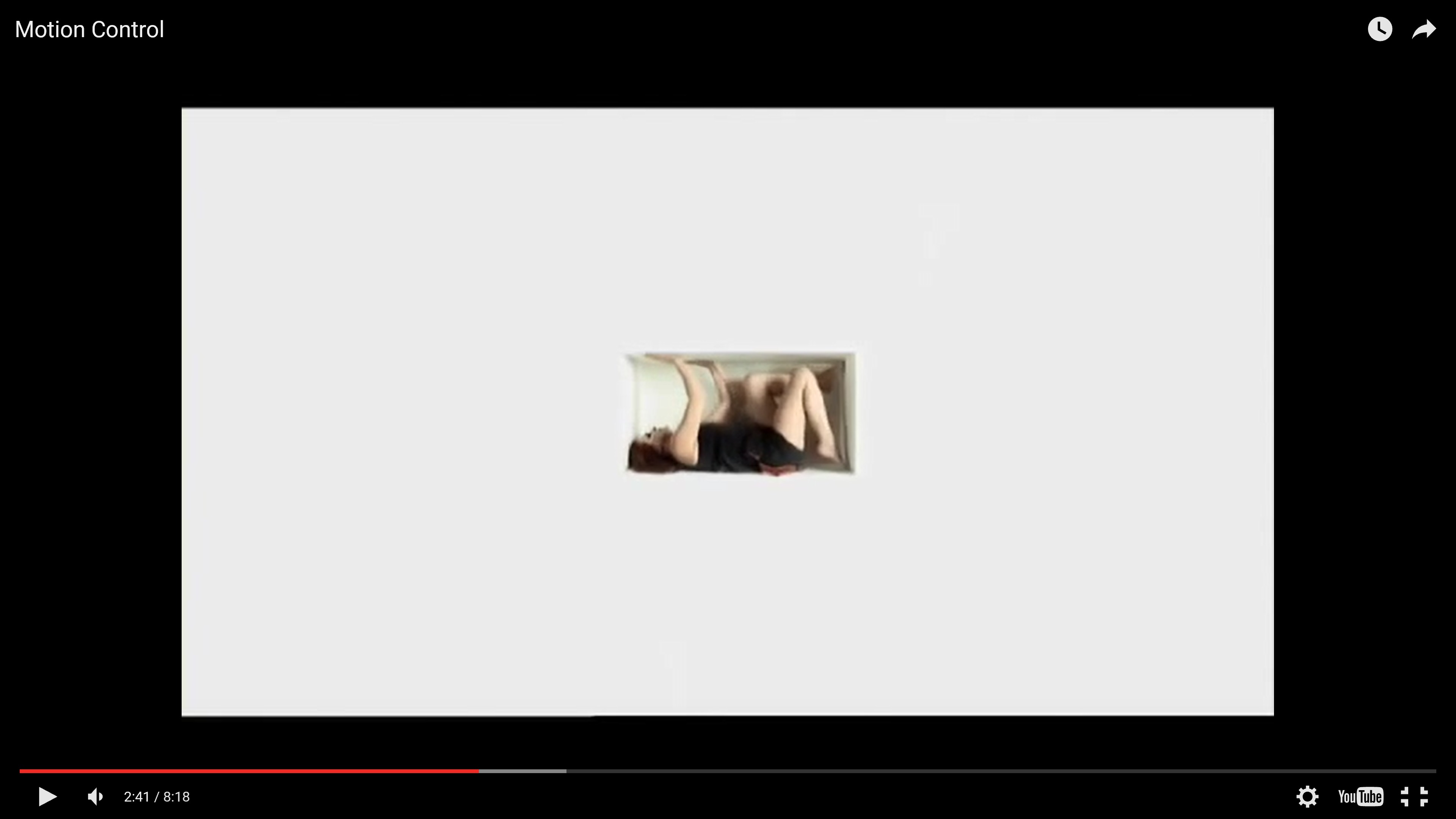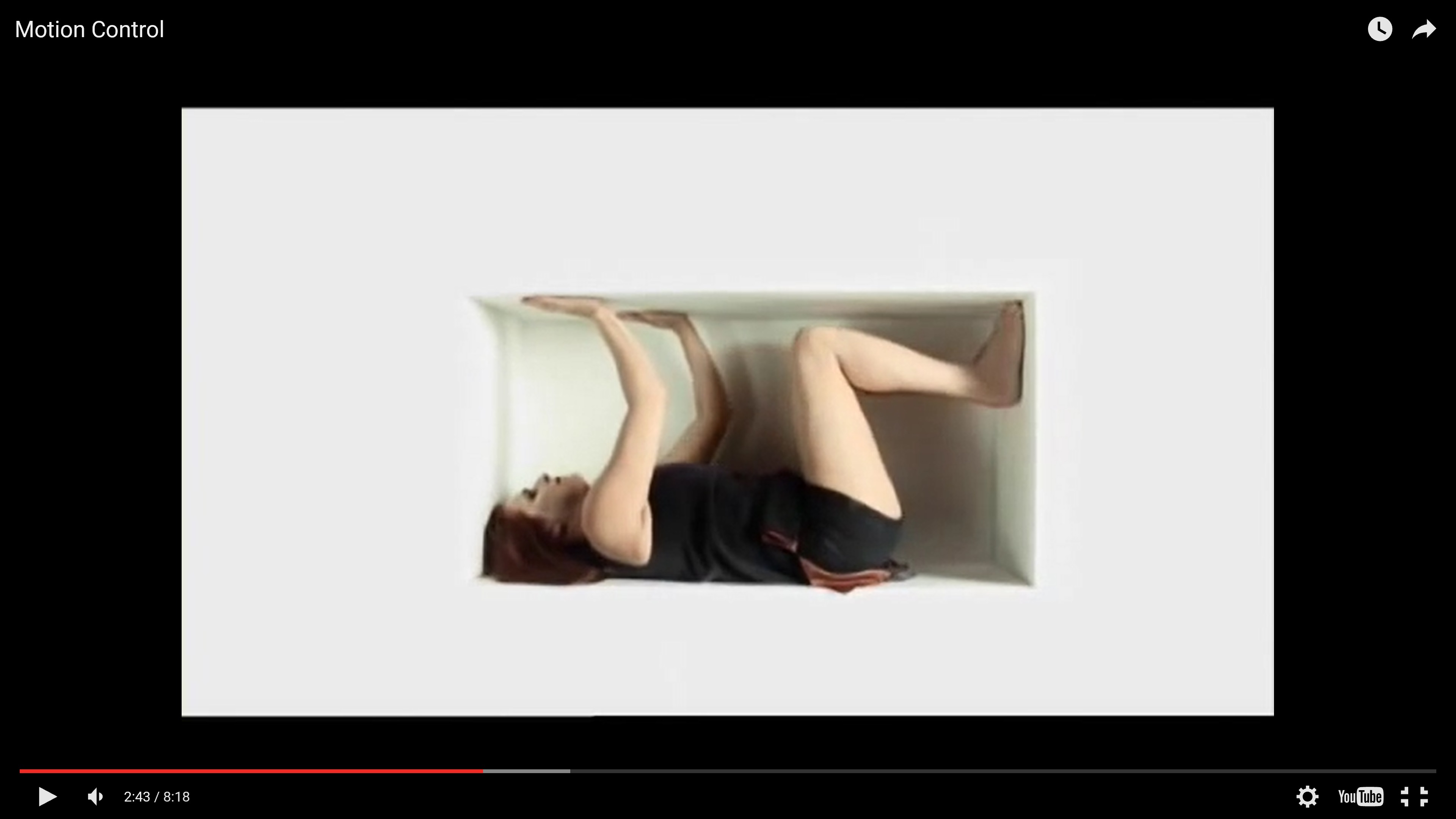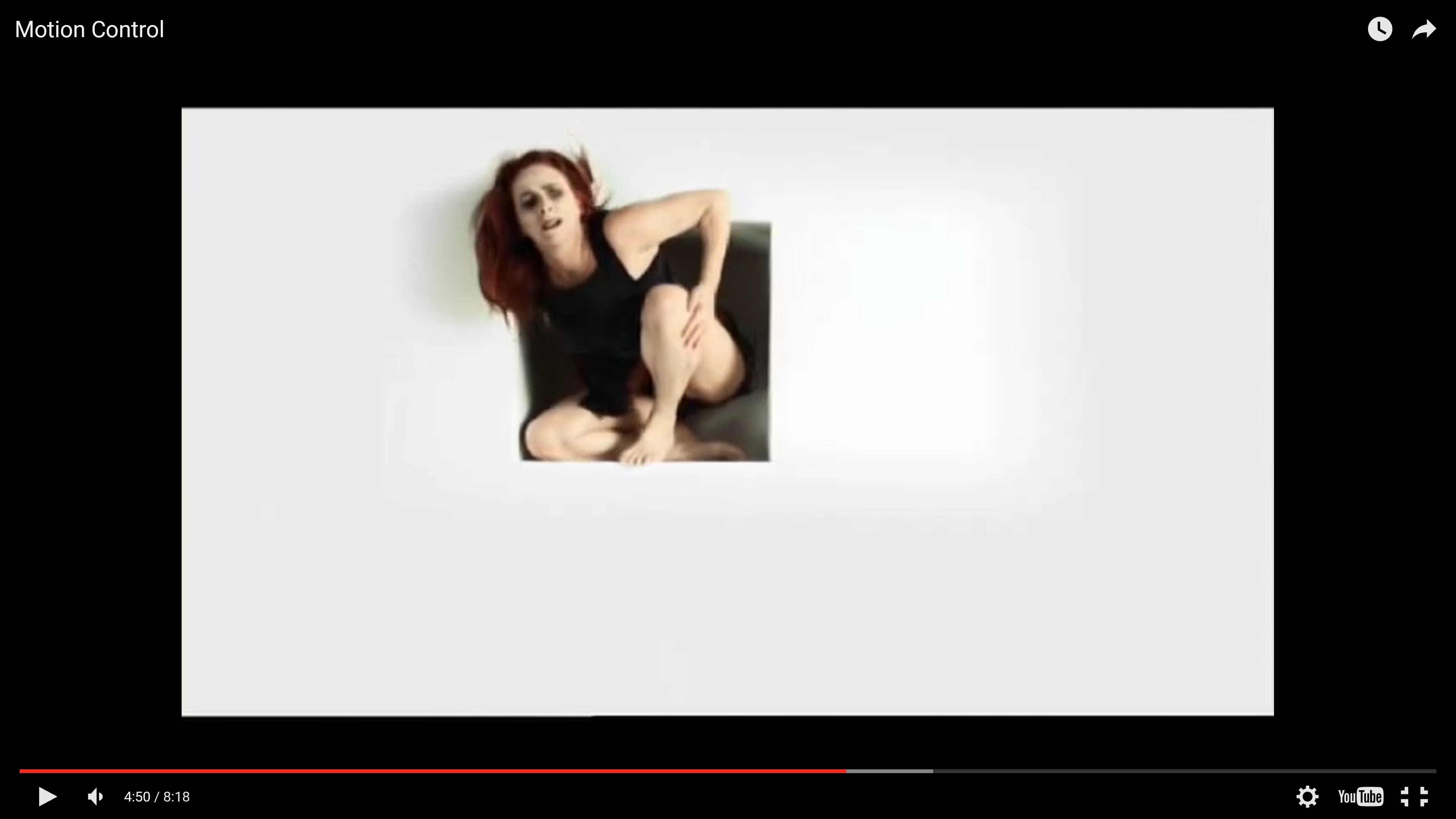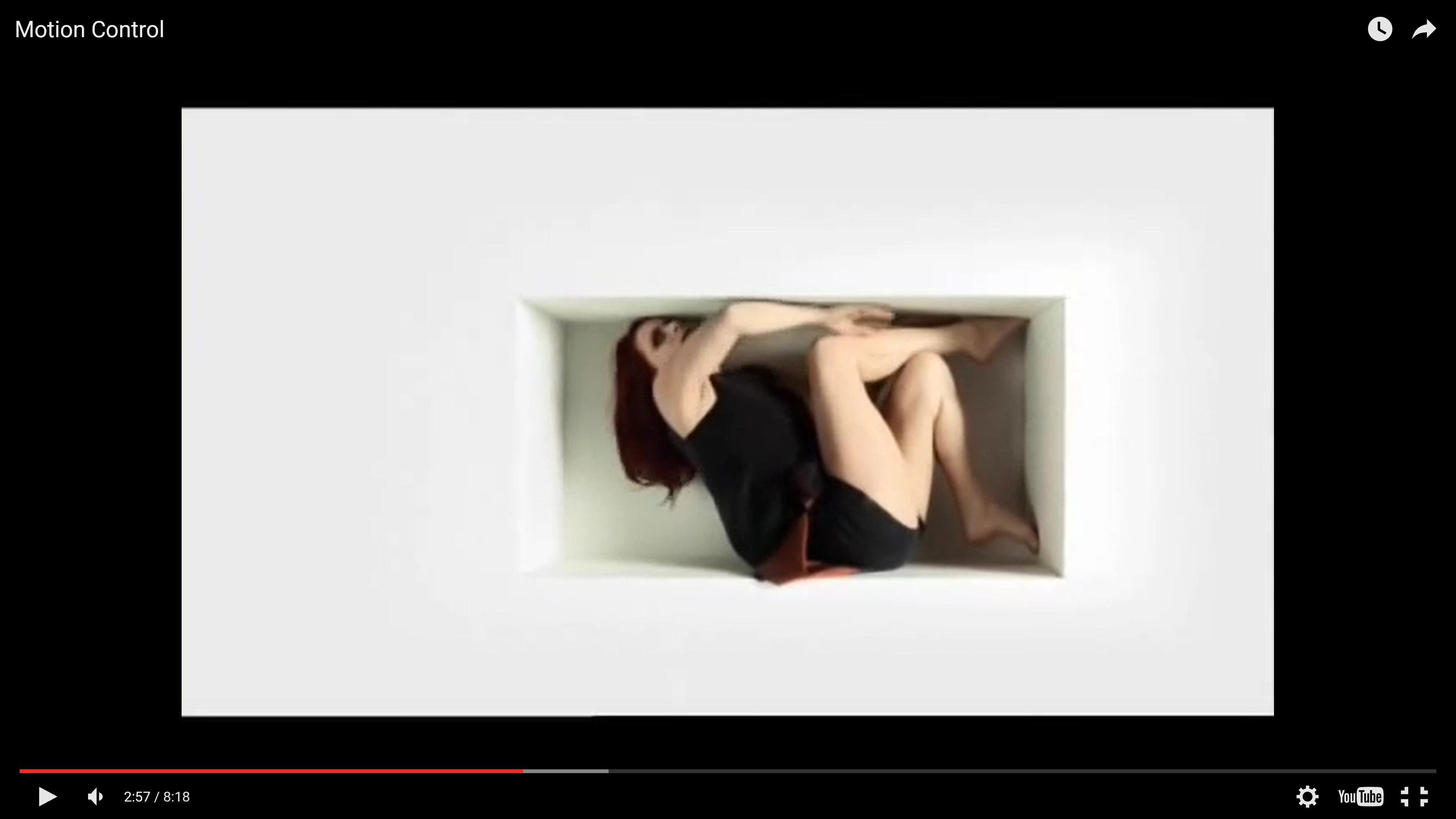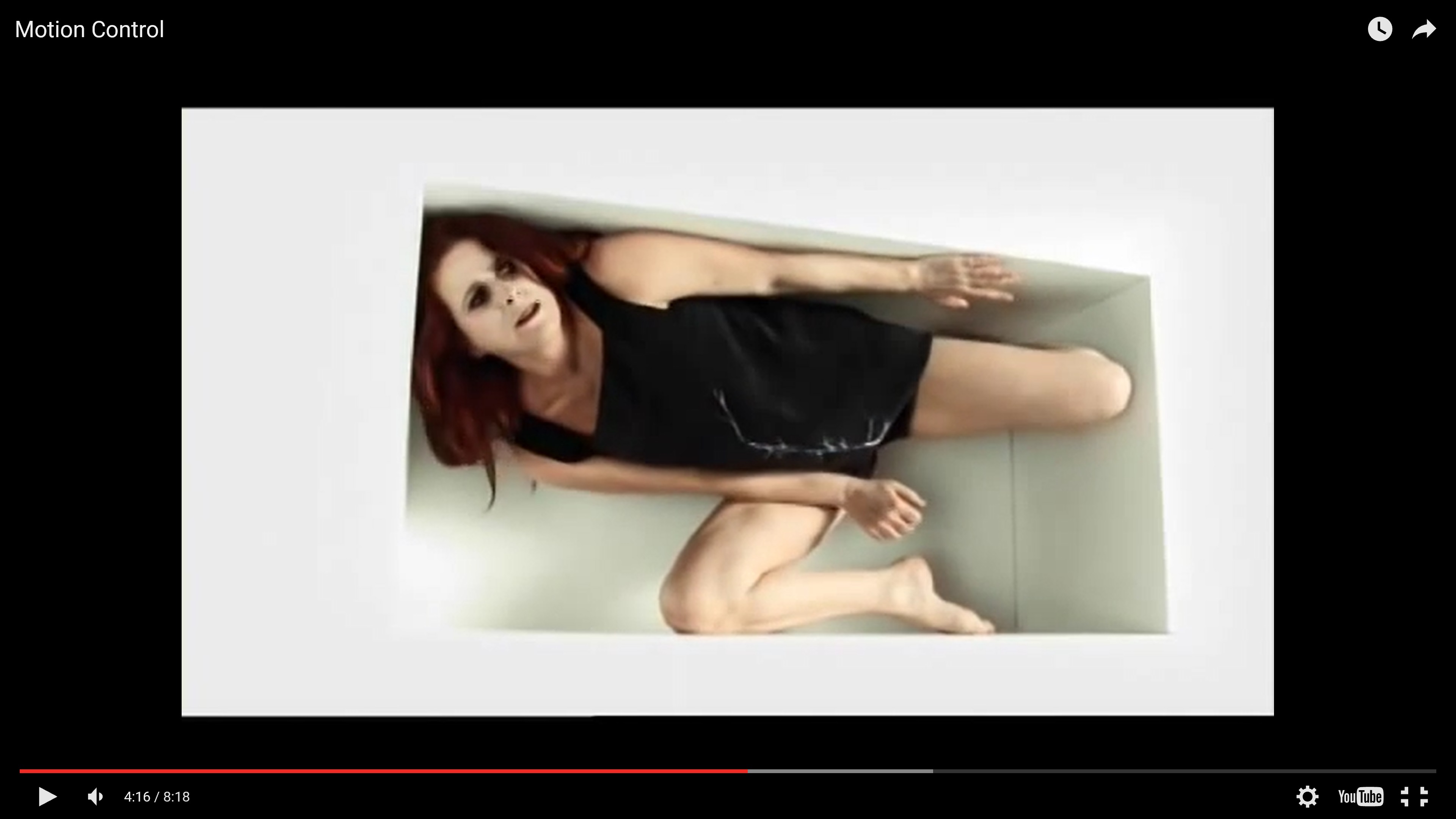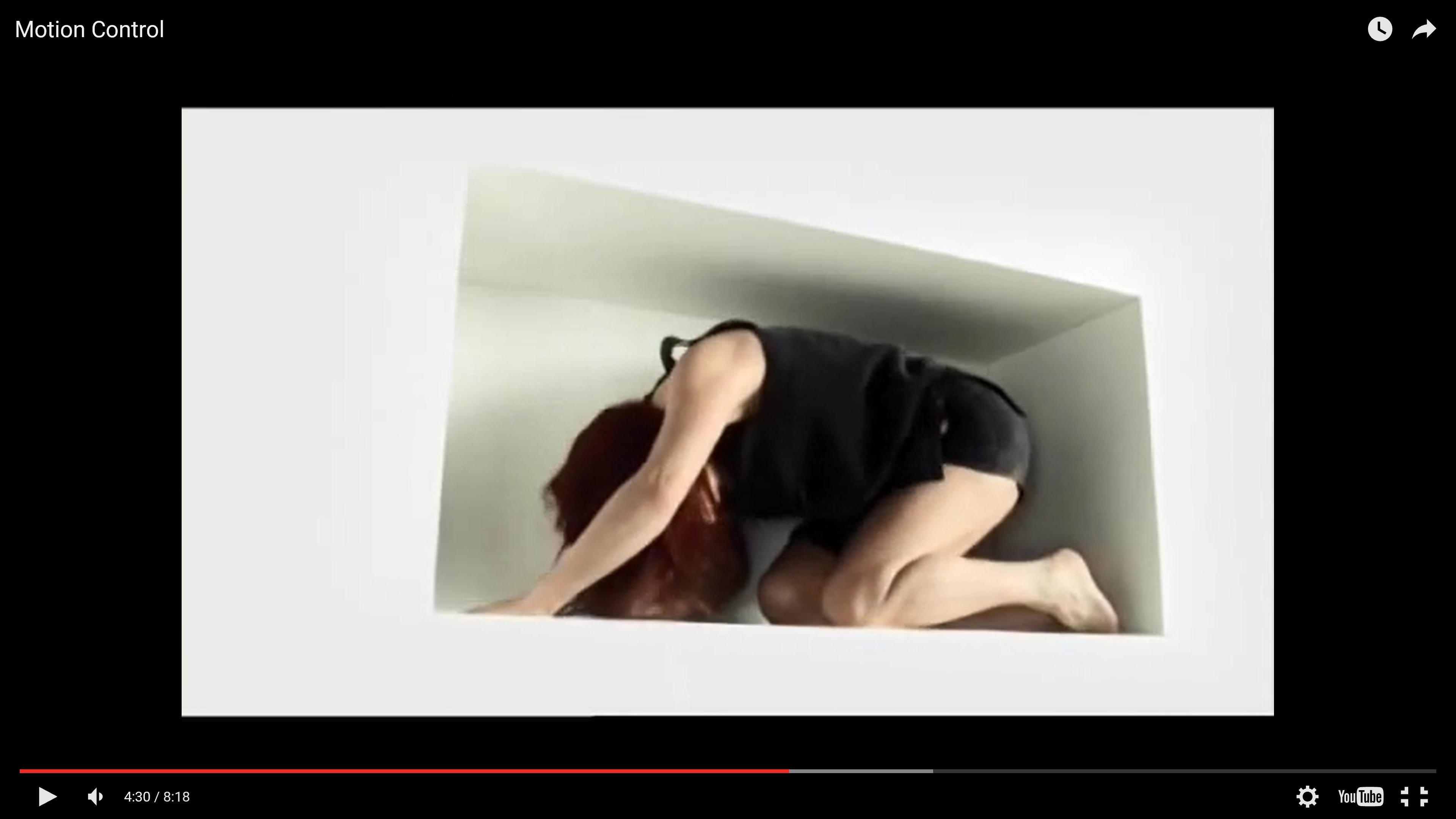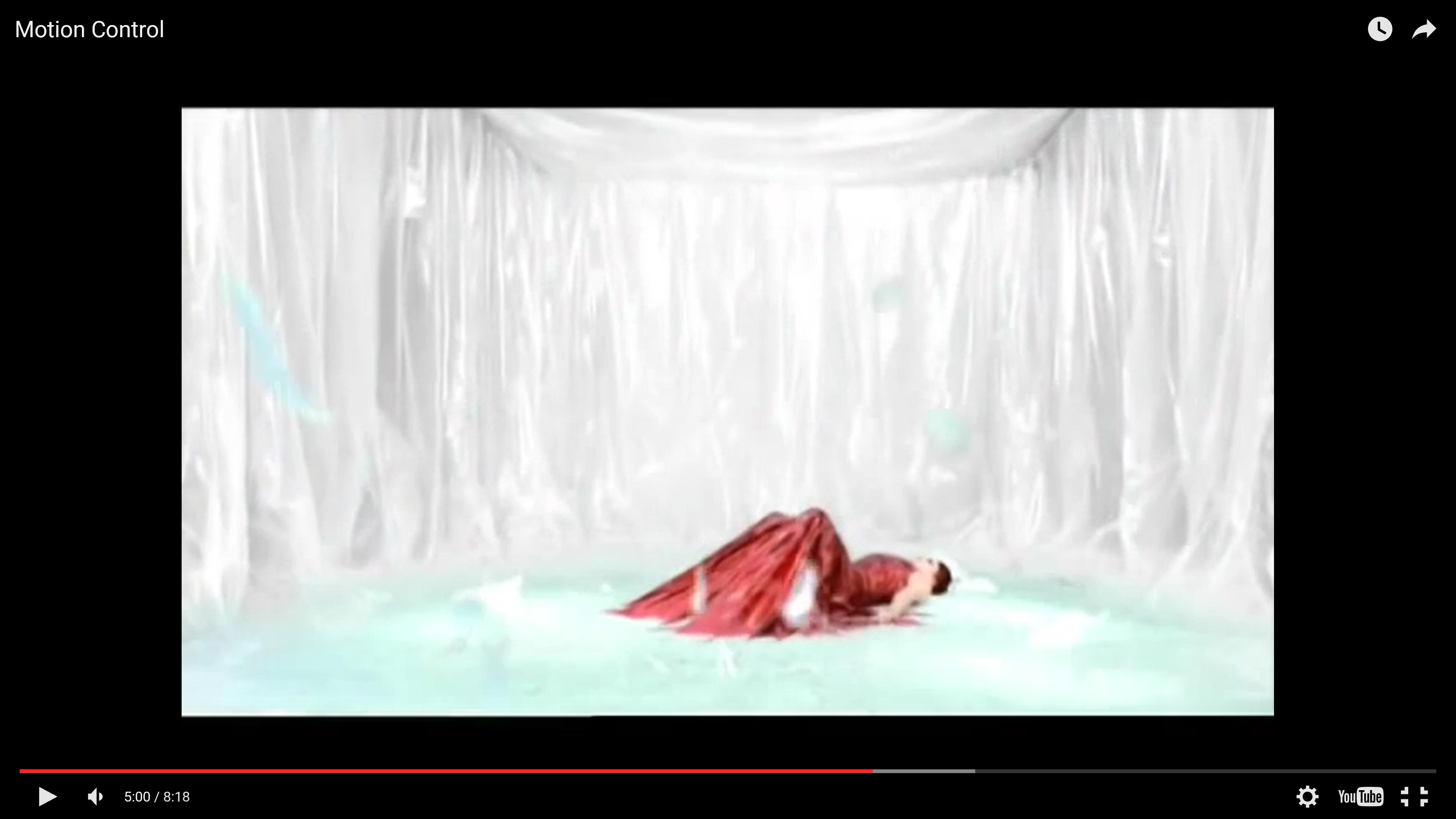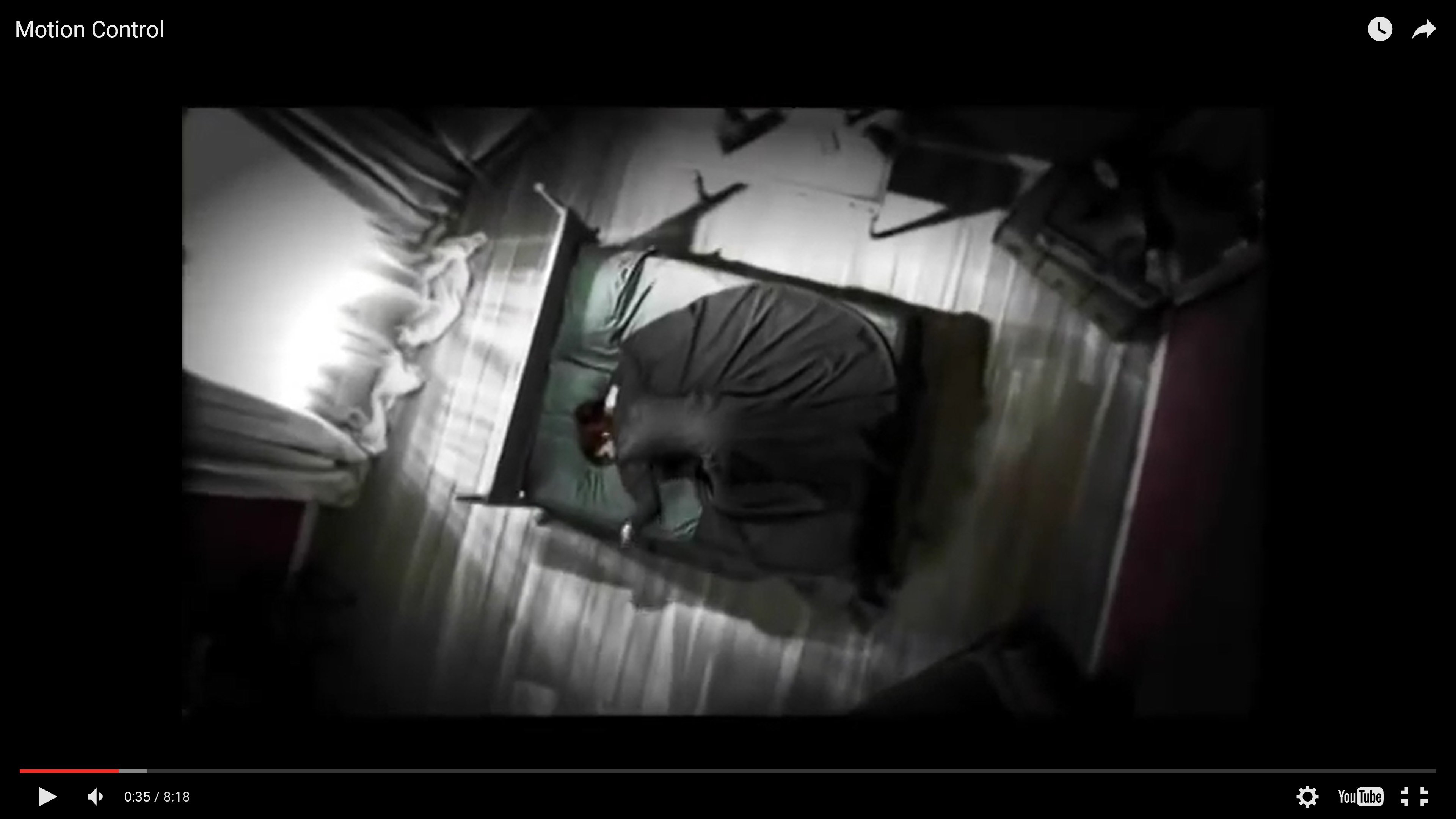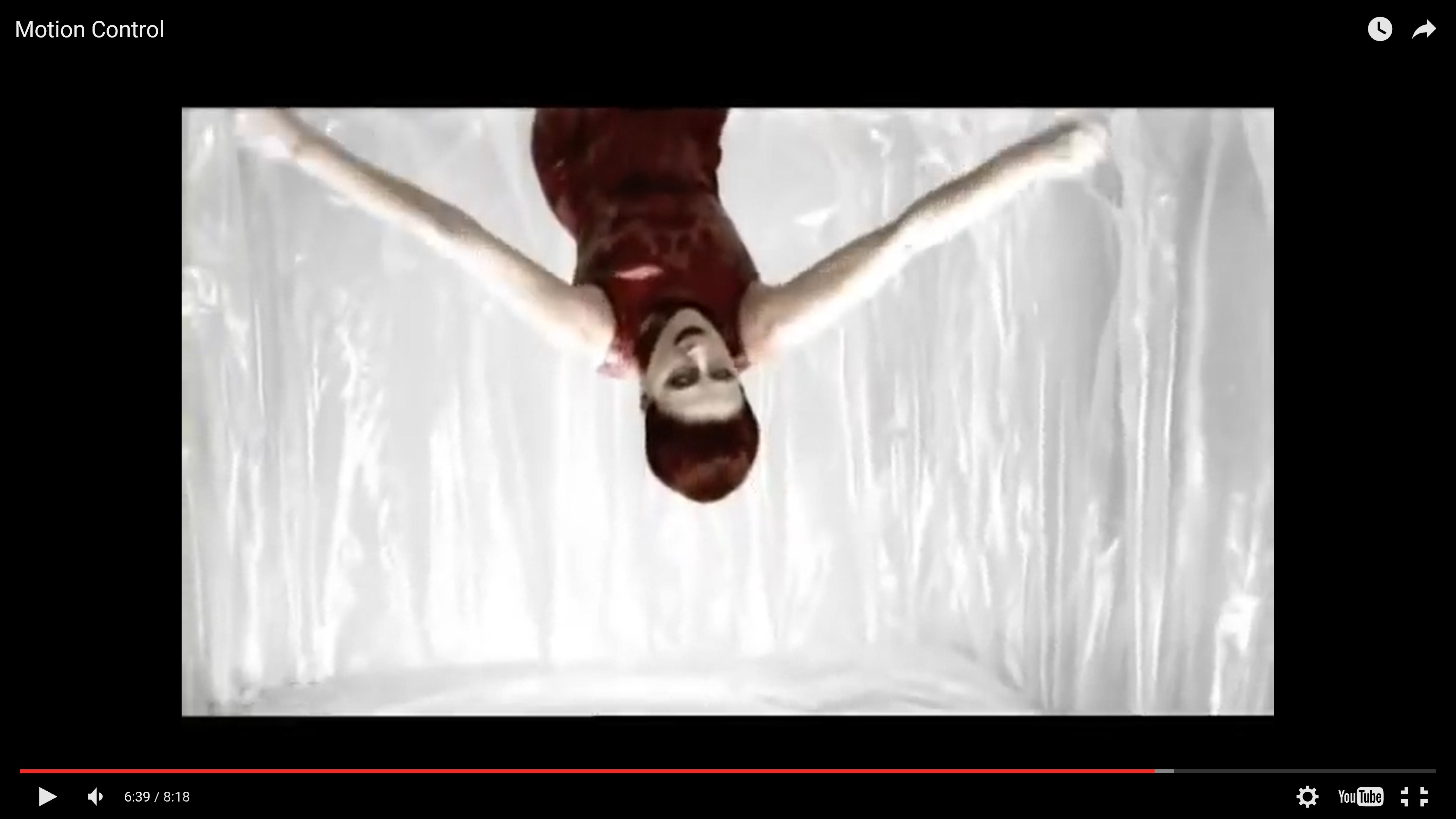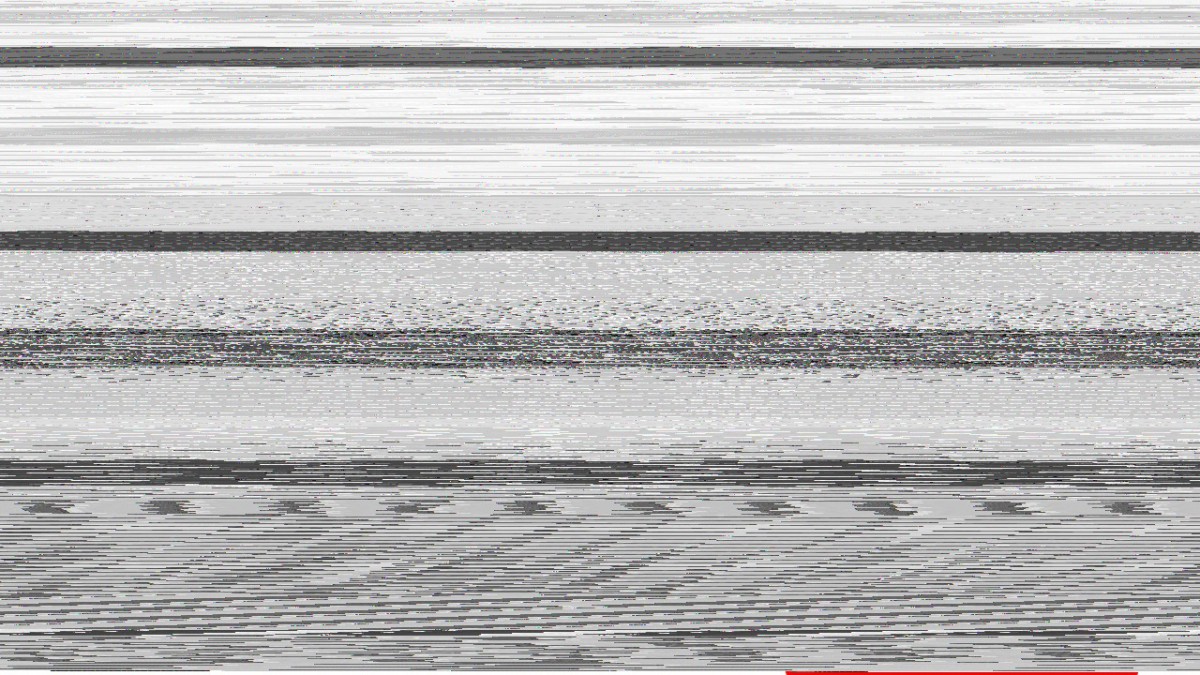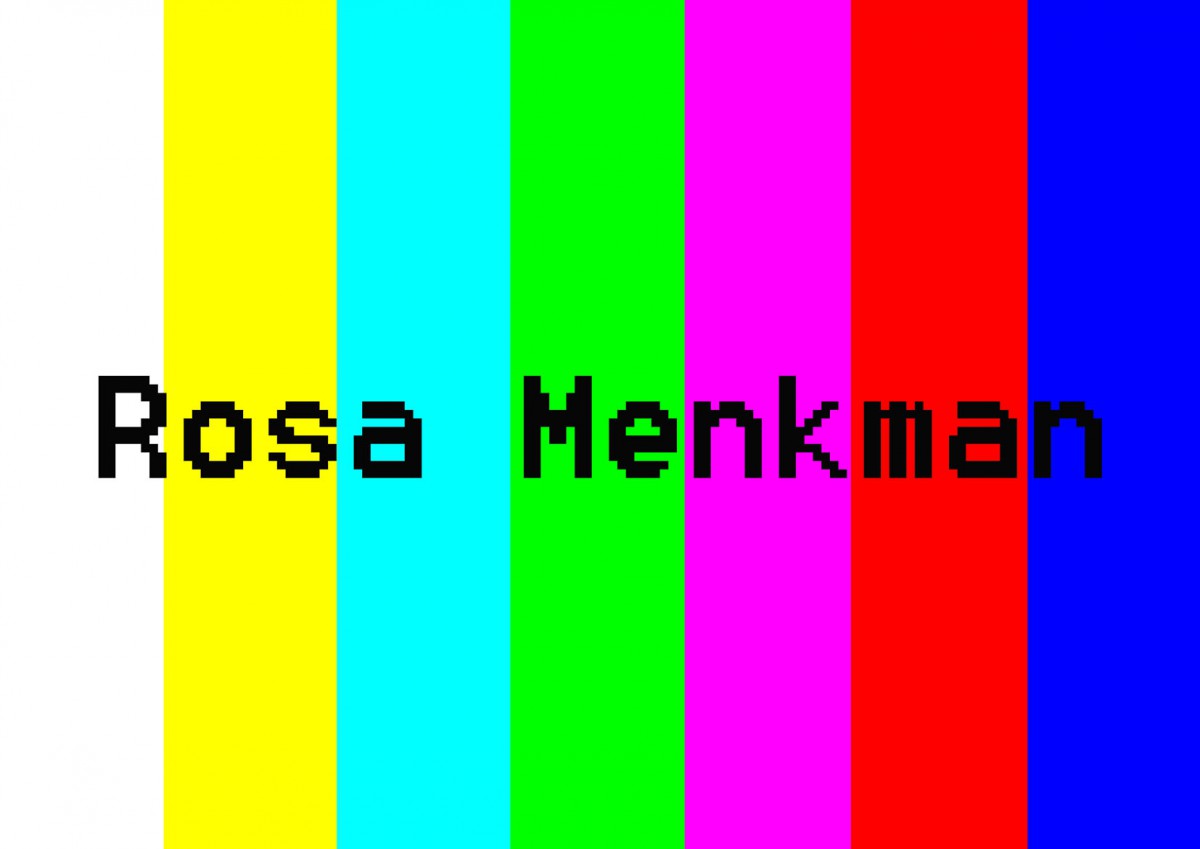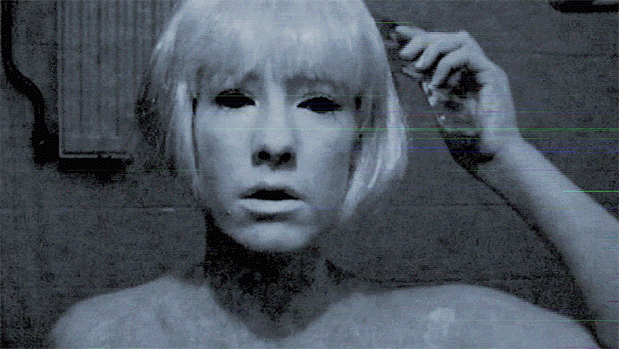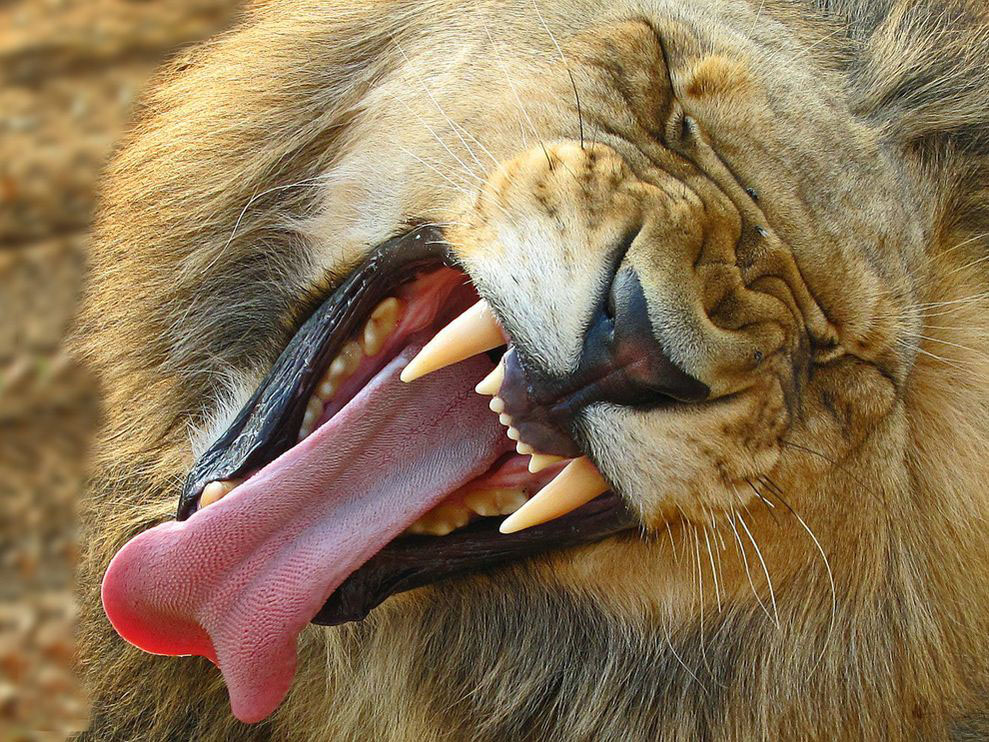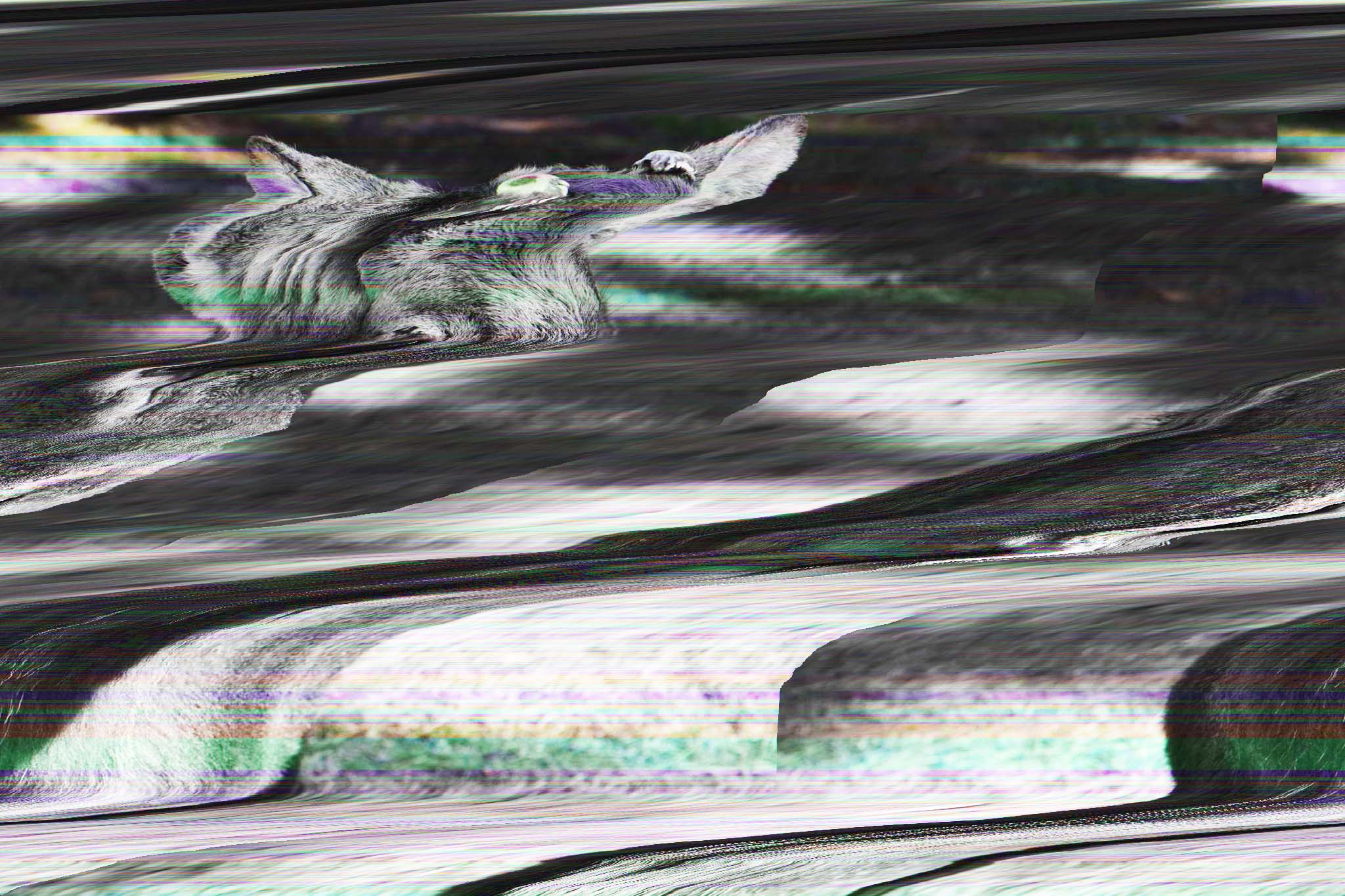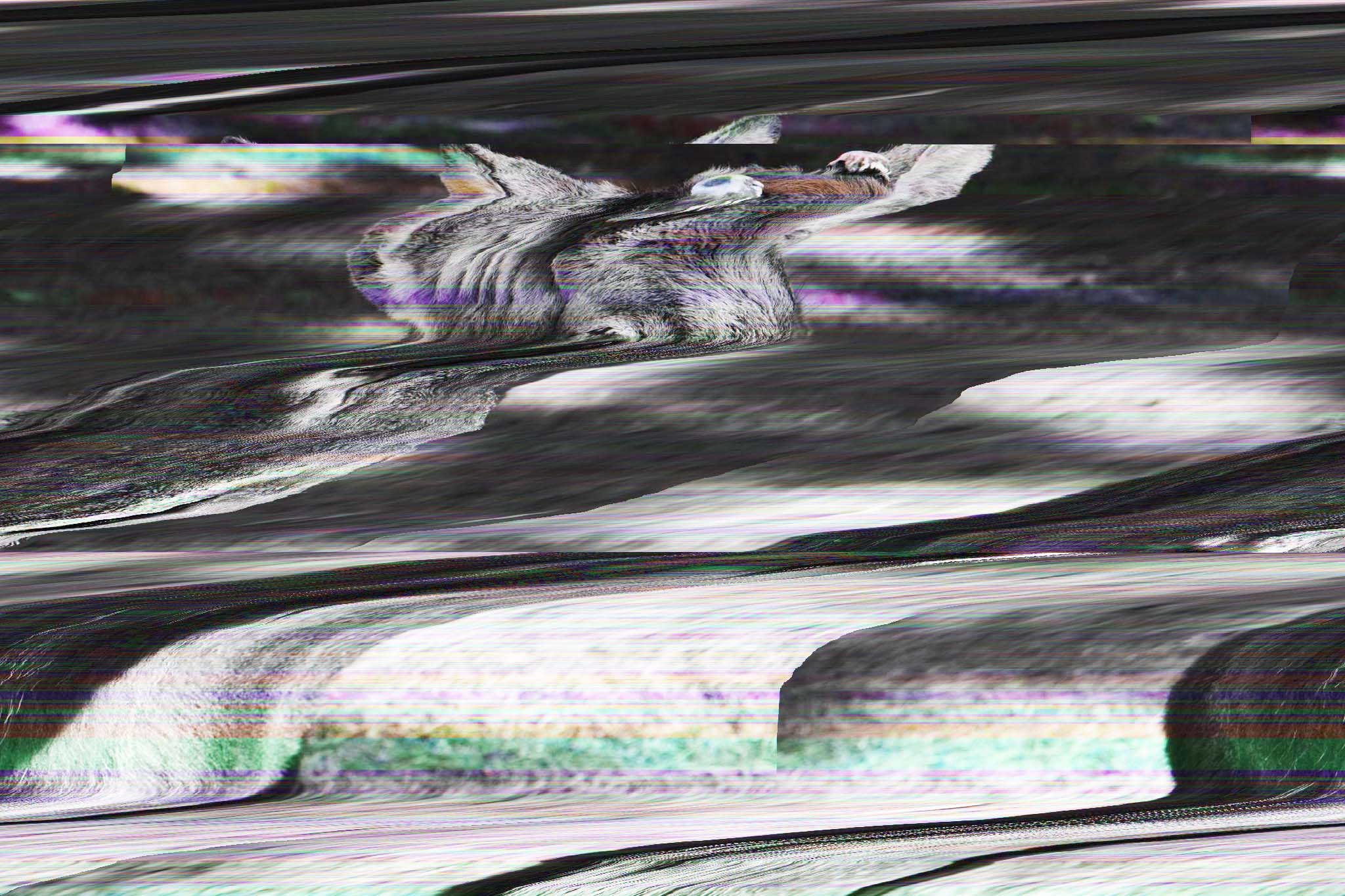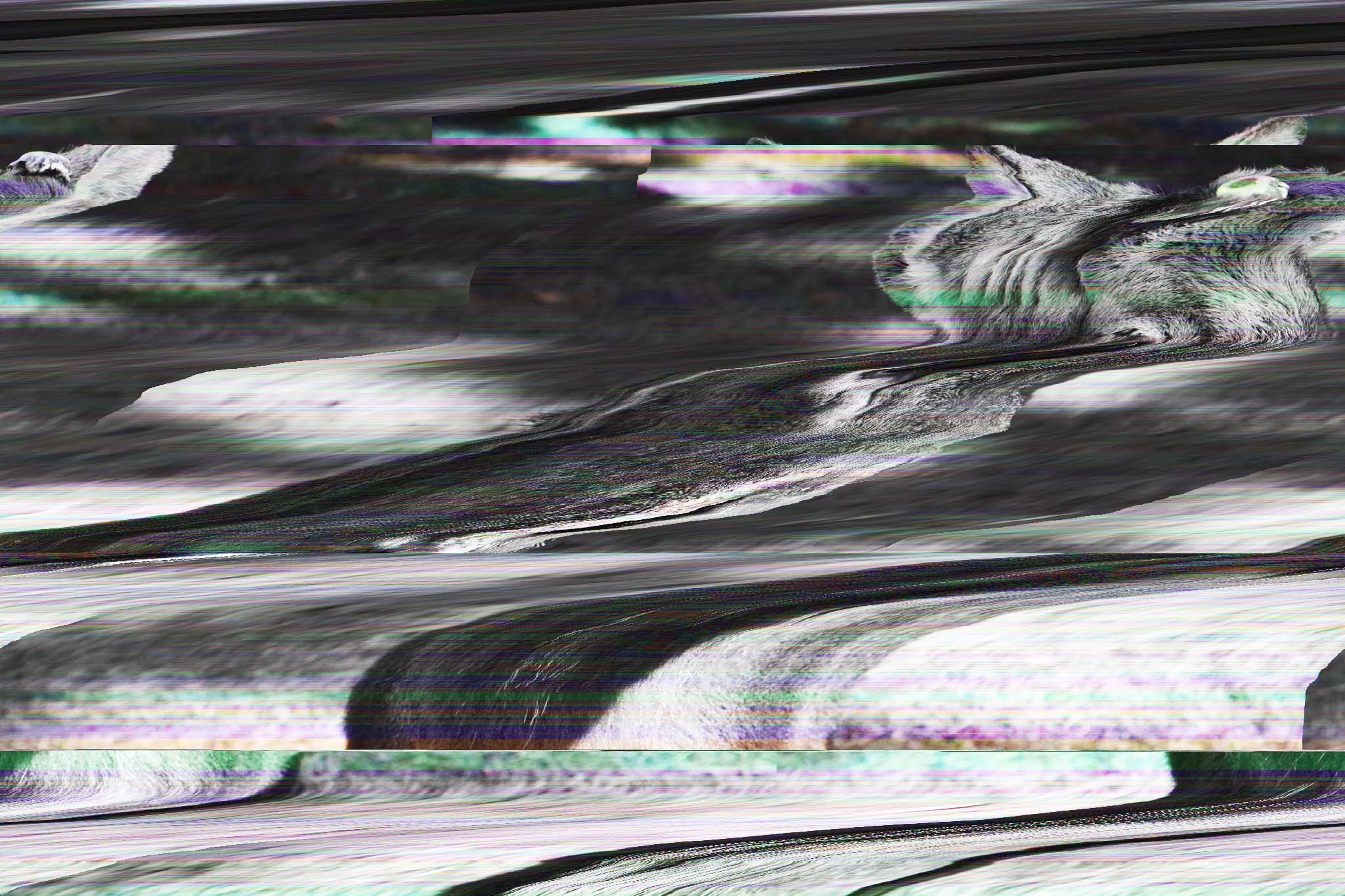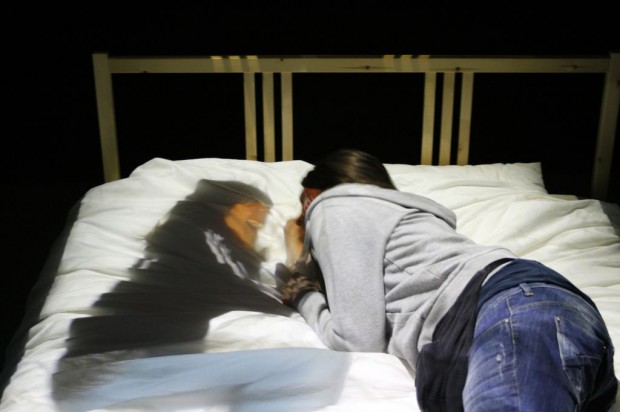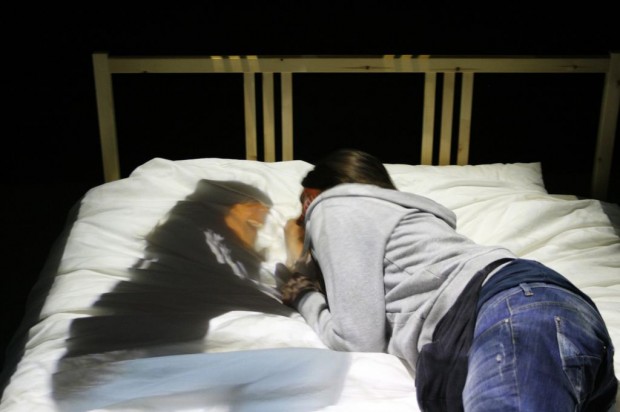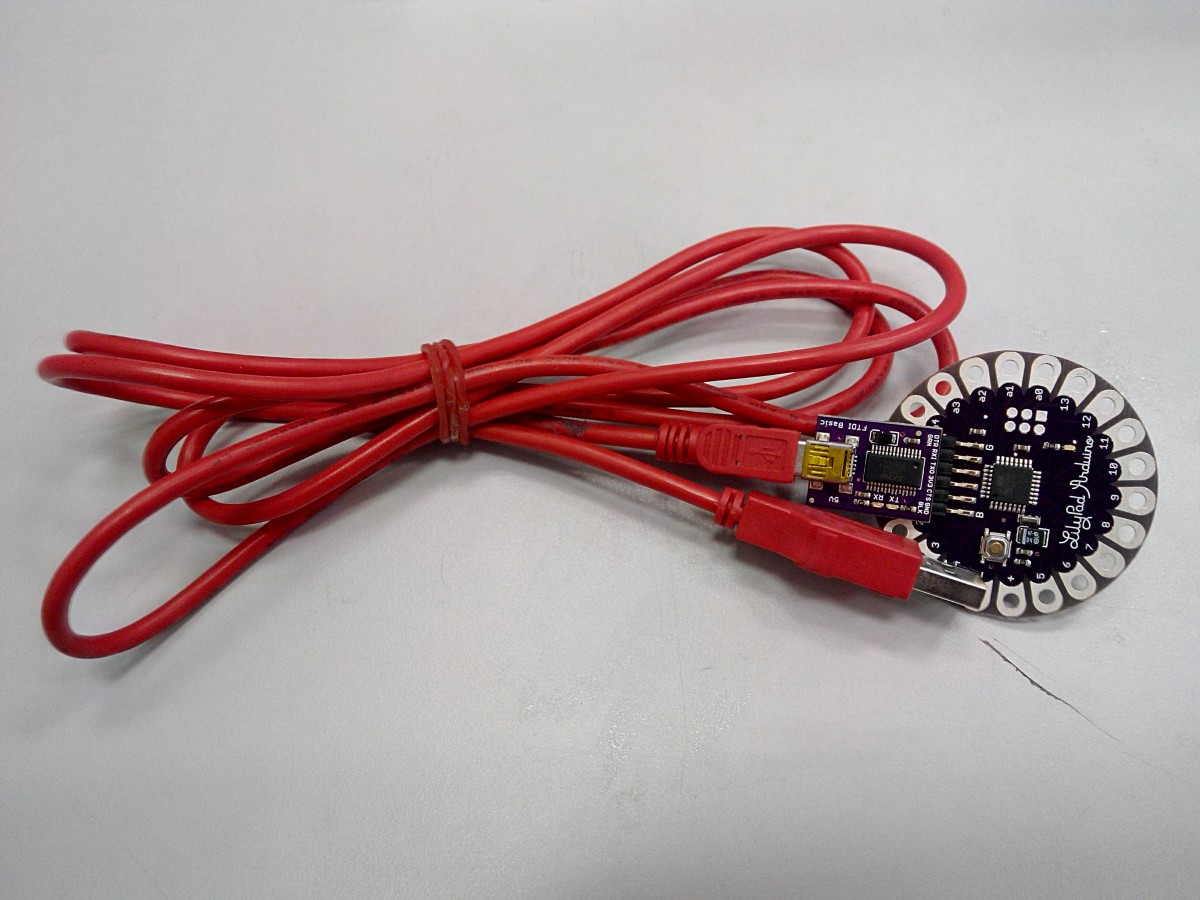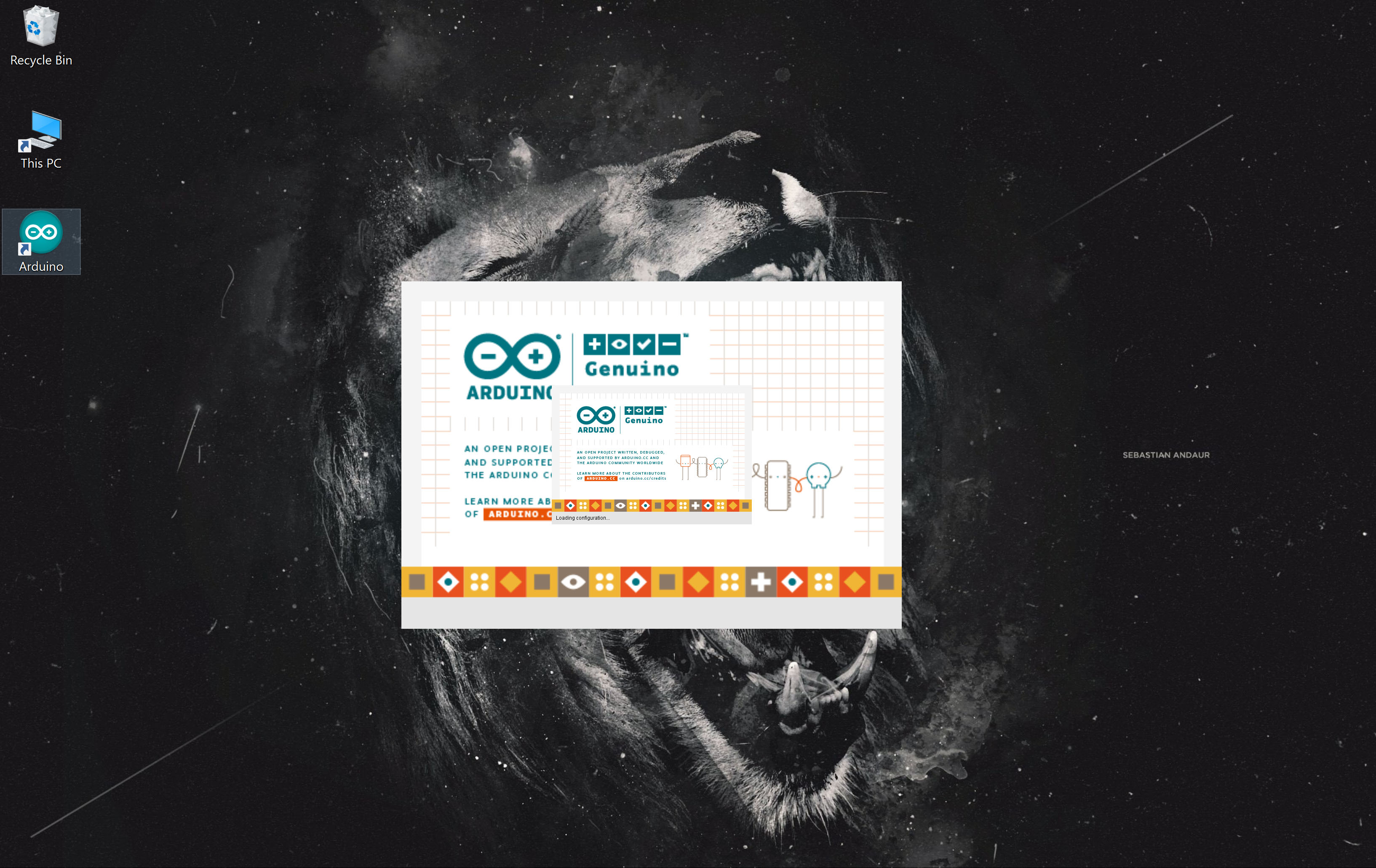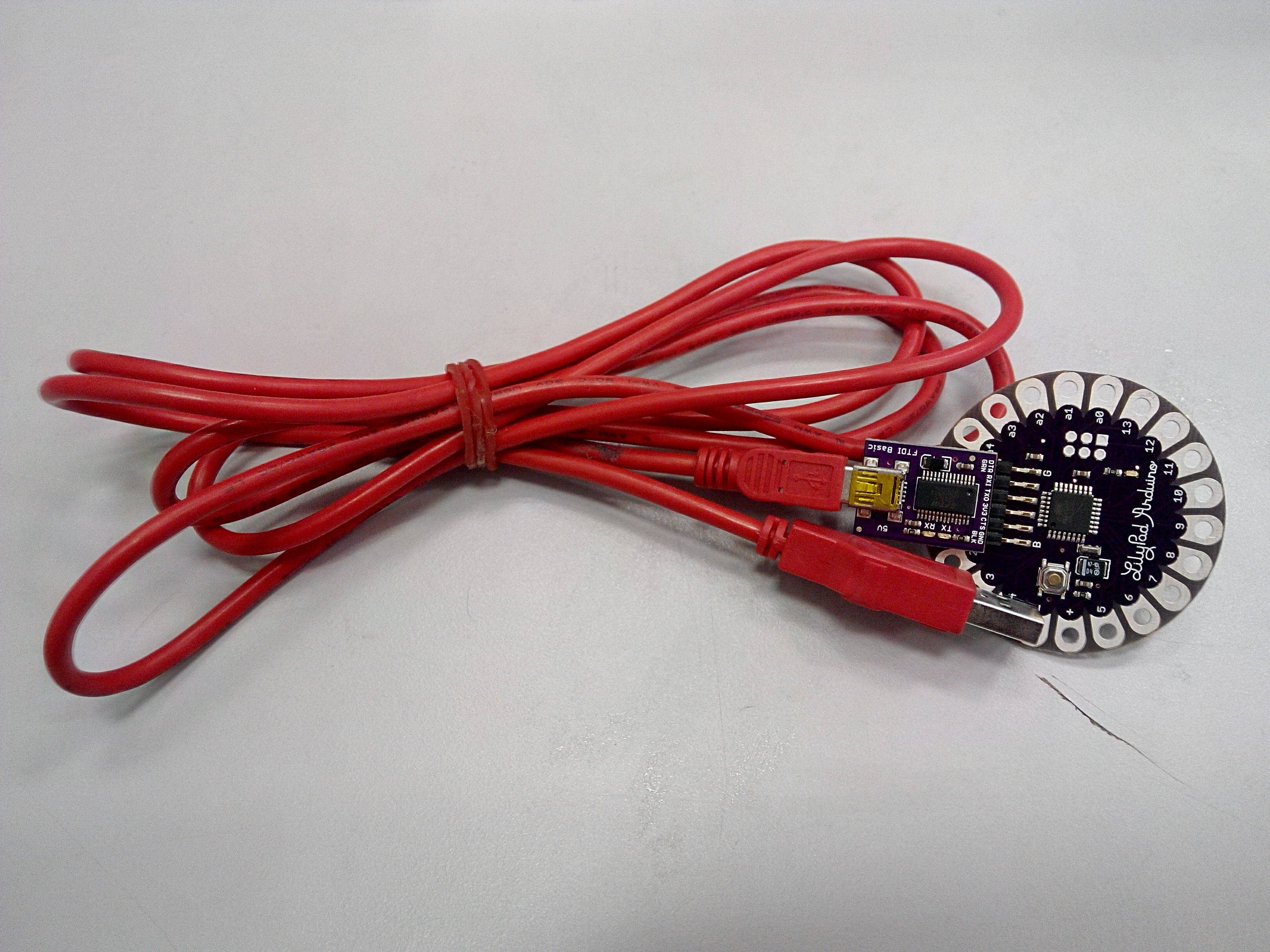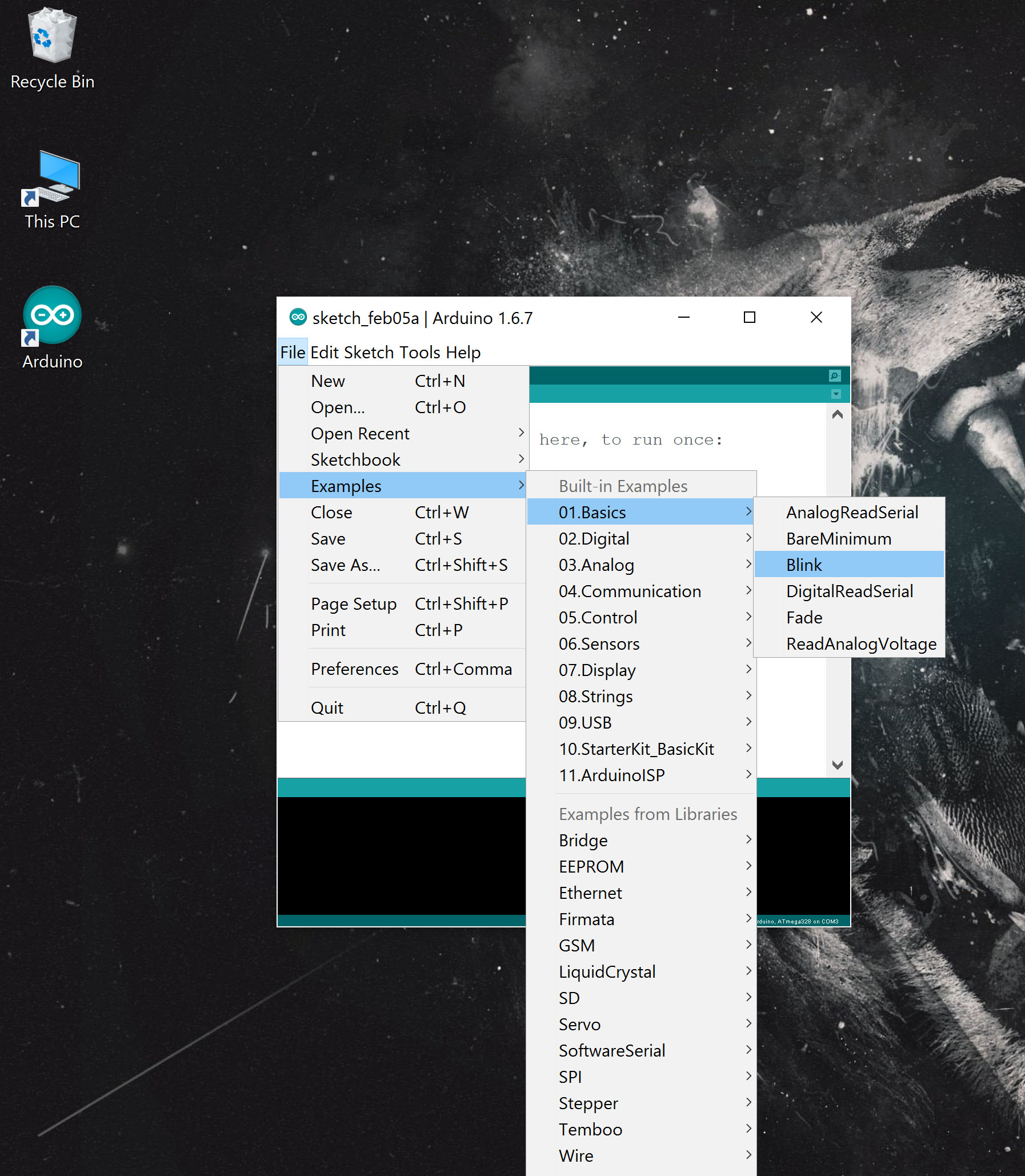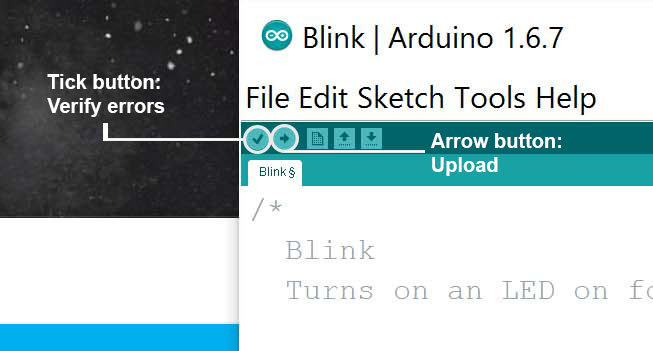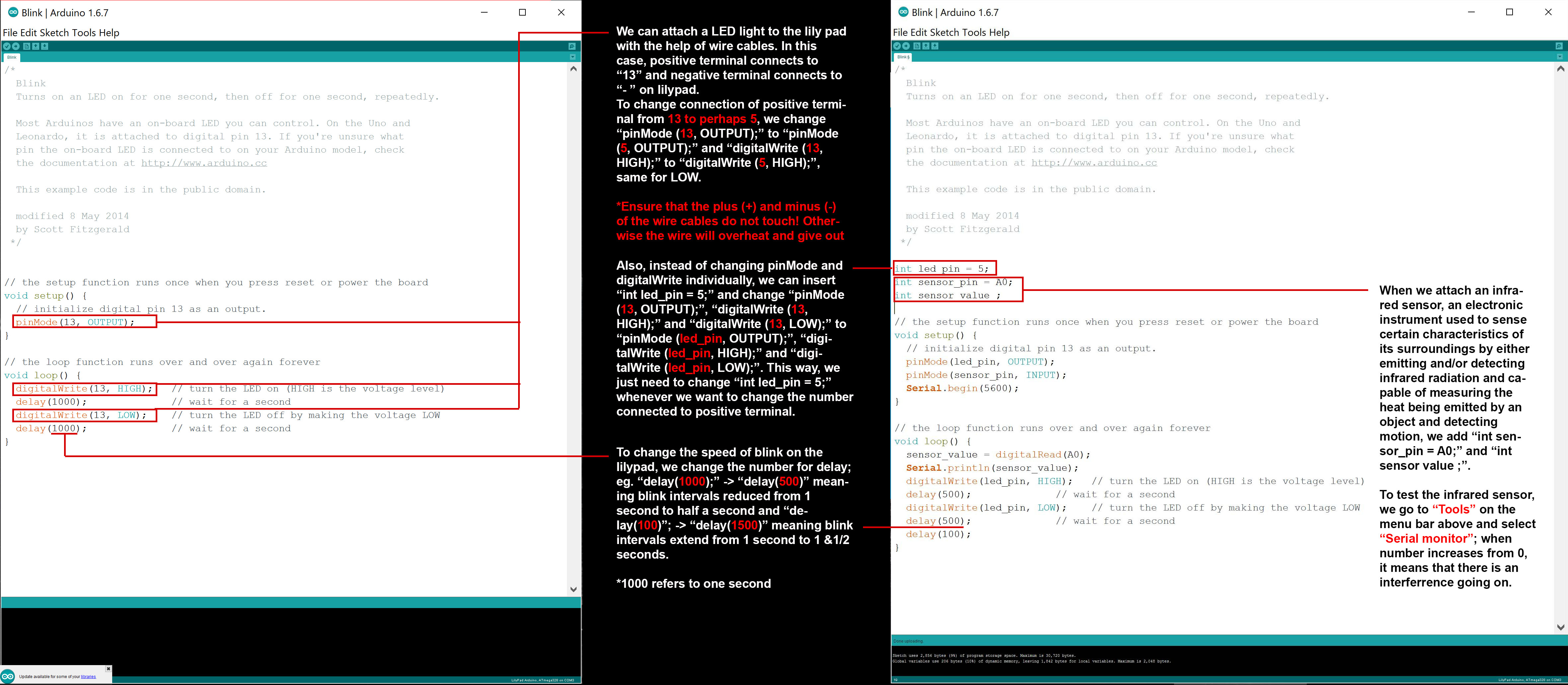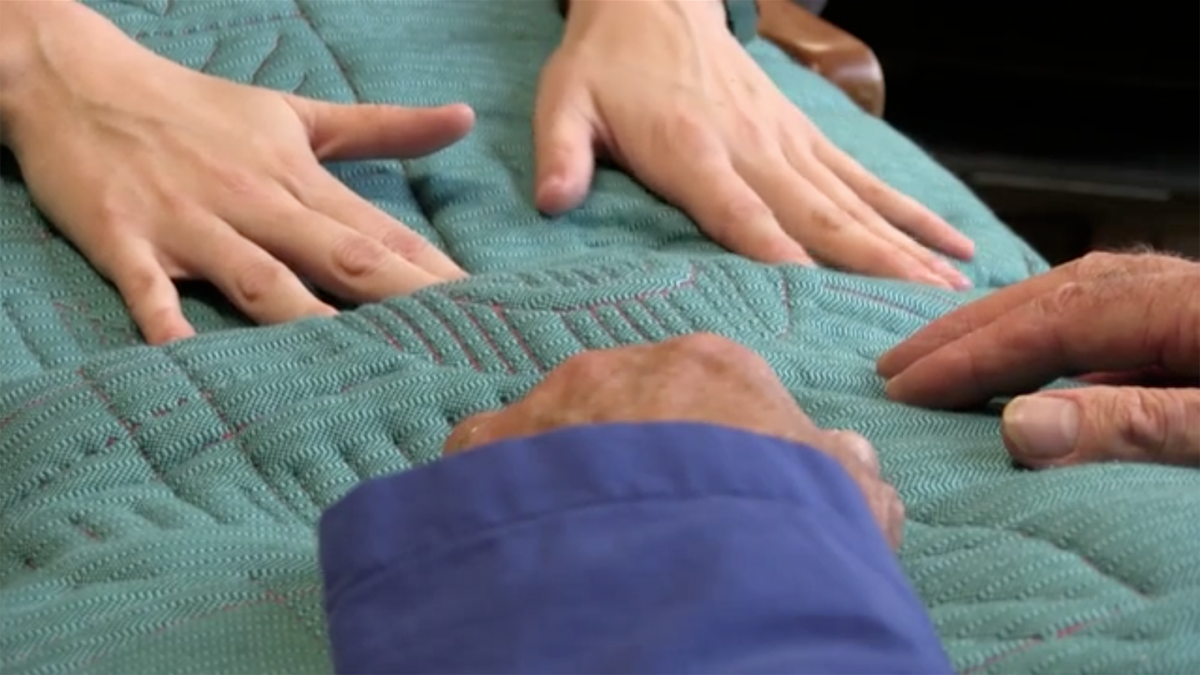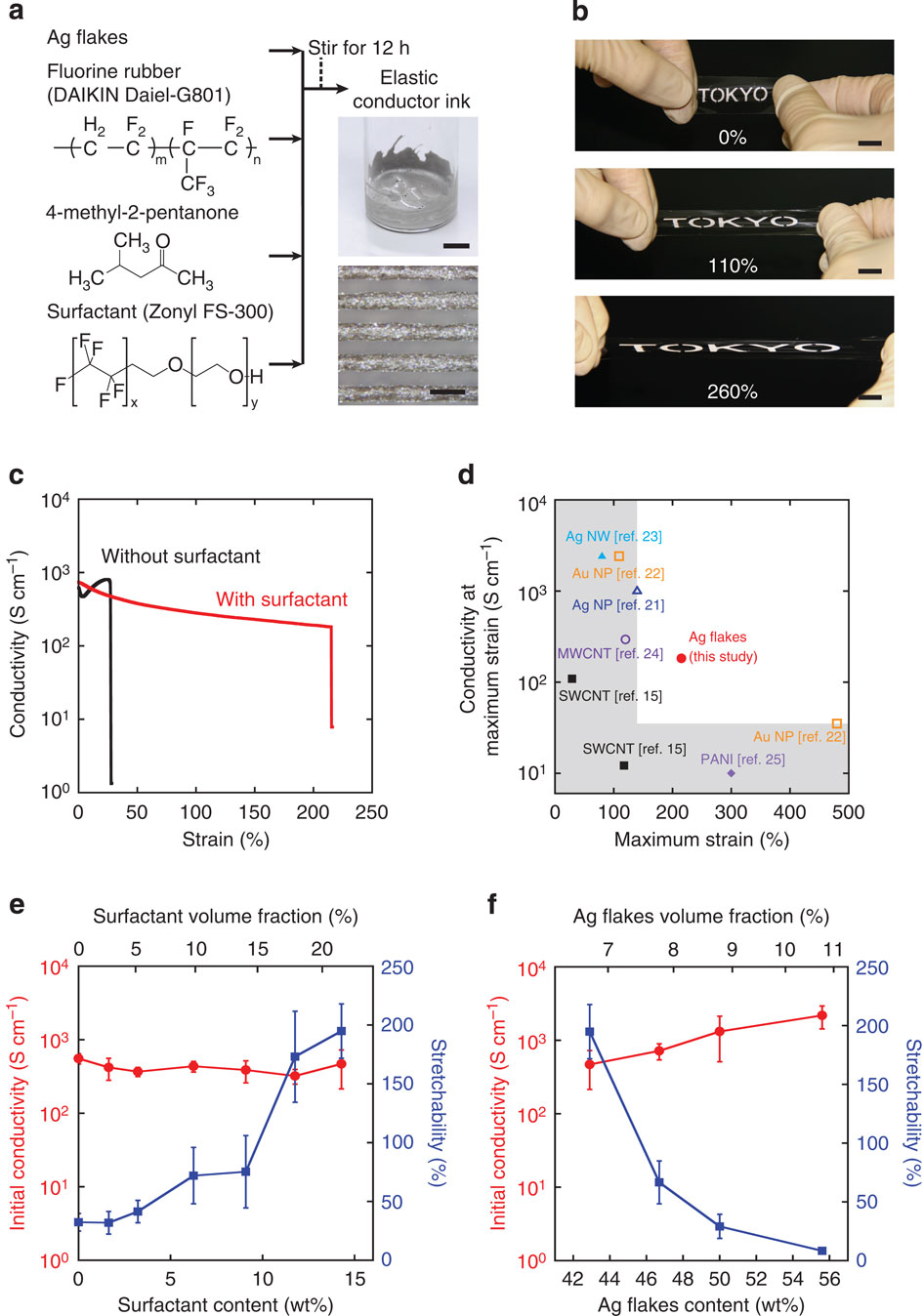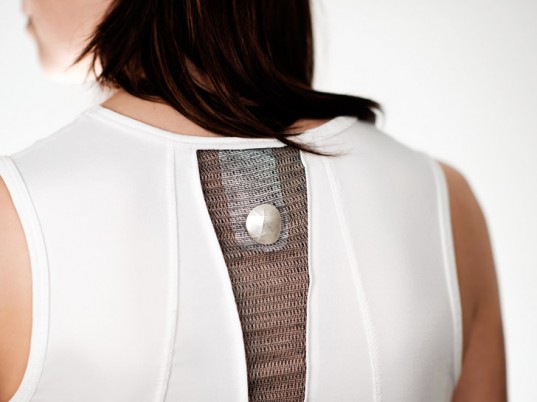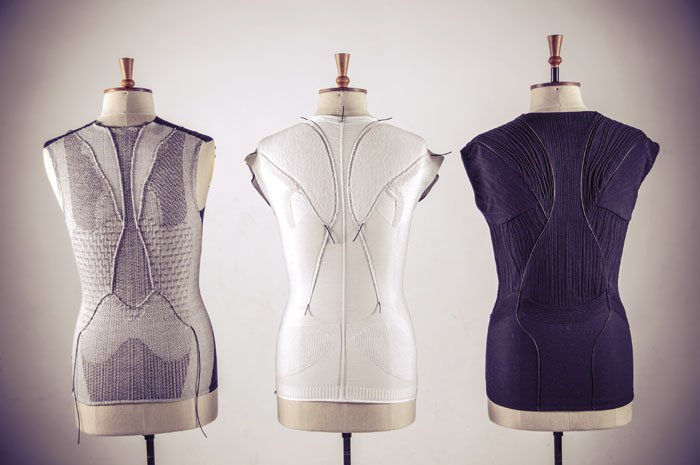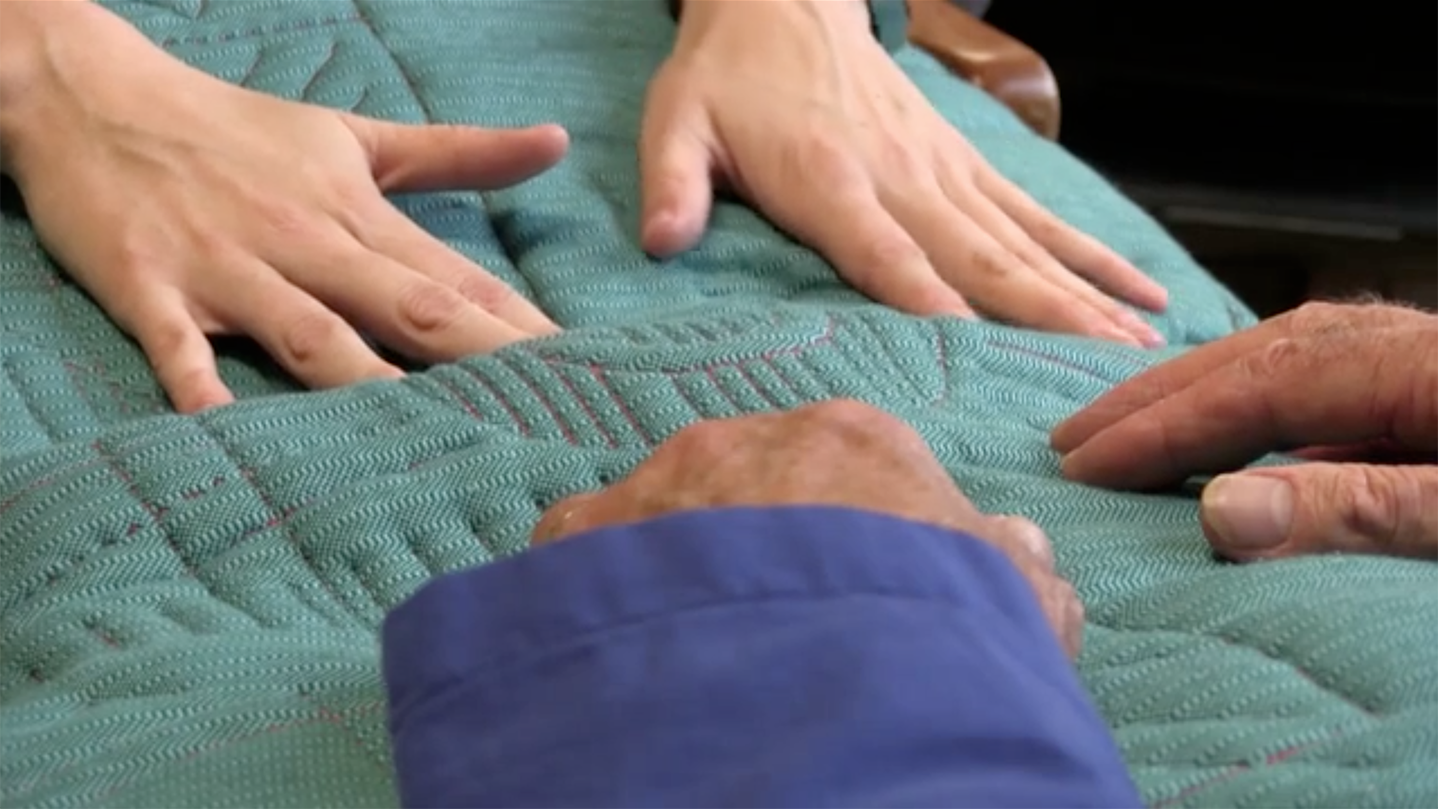Task #1:
What I think the performances “Thinking back herself…” and “Bamboo curtain” by Angeline Young means or represents (I did not do any background research because I wanted to learn more about the work through the artist herself. Please pardon me if I have the wrong perception in my initial stages of exploration.).
“Thinking back herself…”
I feel that “Thinking back herself…” is an evocative dance performance on the memories of Angeline’s past, about her mother’s forced migration through China during the Chinese Civil War (c. 1946-1949). Her dance performance was executed with quick and energetic movements, which seems to translate the strong emotions she was feeling as flashes of memories going through her head at that time. The addition of a narration by the artist, in English, makes the work more impactful and meaningful to English viewers as they can understand and empathise with her.
I wonder what does the white powder represent…could it be snow? (Like the period of the Civil War happened in winter, and the vigorous movements of the foot painting in the white powder represents people running in snow?)
“Bamboo curtain”
I feel that “Bamboo curtain” is an intimate dance performance as the artist chose not to narrate in this piece and may have done so because she wants us to focus on her movements and interactions with the inanimate objects around her. In addition to her graceful hand gestures, her incorporation of the sound of nature along with water and the bamboo objects give us an impression of a natural environment with bamboos, birds and water; which was perhaps where she wants us to imagine we are at.
What does the action of taking off your clothing represent? (Could it be…you are entering a warm house from outside which was cold?)
Task #2: Recording your dreams
I did not manage to remember any dreams vividly other than two of them.
- My ex-roommate returns to stay with me and I felt really happy because I am no longer alone. My room felt warm and cosy as compared to reality where my room felt cold and empty. She told me that she misses me and knows that I have been good to her, thus she returns to stay with me. When I woke up from my dream, I realised that she was not around and the room only had me.
- There were many people holding onto a rope which was swinging between two ends of two mountain cliffs. Tiffany, Erica and I were the last three people on the end of the rope. The rope was swinging at an insanely high speed. Erica asked me if she should let go. I replied that she should and she did. However she let go too late and the inertia brought her crashing onto the opposite cliff we were swinging to. She fell into the water beneath us. I was screaming in my dreams “NOOOOOOOO! No Erica! NOOOOOOOOOO! ERICAAAAA!!!!” and I woke up momentarily, realising that I was moving my mouth to speak up but my voice didn’t come out. Immediately, I went back to my dream again in a desperate attempt for a better ending. Back in my dreams, I was still holding onto the swinging rope. I felt guilty, sad and remorseful as compared to the initial feelings of fear. As my emotions grew heavier and heavier, the rope begins to slow down to a stop. I felt the rough wall of the cliff and made my way down to the water in search of Erica. I dug at the water creating loud splashes and to my surprise, the water was shallow and I immediately felt Erica’s arm in my palms. Erica was alive! She said to me “I am alive!” almost as if she was validating her existence. Tiffany and I carried her out of the water as she appeared motionless. Then I woke up.
Task #3: Translating journal entries into video
⌊Dream part 1⌉
password: Dp1
password: Dp1g
In part 1 of my dream, I was holding tightly onto a rope which was swinging at a rapidly (insanely) high speed between two cliffs of two mountains. I looked up and I saw my friend, Tiffany, who wore an expression of fear, which I think reflects off me. Above her, there were many others like us who were holding onto the rope for dear life. I looked down and I saw my friend, Erica, who was at the end of the rope, experiencing the fastest speed as compared to any other people who were holding onto the rope. She asked me “Should I let go? Should I jump?”. I thought she may stand a chance surviving if she lets go, and I told her to let go. However, the rope was swing so fast, she let go at the wrong moment. She crashed into the rocky walls of the opposite mountain and fell into the water. I was screaming in my heart as I couldn’t hear my voice in the wind. I didn’t want to belief that Erica had fallen in a fatal way. Still holding onto the rope with dear life, I woke up from my dream.
With the addition of glitch, I wanted to show a rocky outlook on my left and right as I swing from one side to another. In addition, I think the glitch goes really well with the feelings I had in my dream: tense, lost, and fearful; as represented by the darkness of my surrounding.
⌊Dream part 2⌉
password: Dp2
password: Dp2g
After I woke up, I fell back to sleep. Apparently, my dream continued with part 2.
In part 2, I was holding onto the rope, except I was feeling different from part 1. I was feeling guilty, sad, and remorseful. I fear that I would not get a chance to speak to Erica again. As my feelings grew heavier and heavier, the rope starts to slow down to a stop. Before I knew it, I could feel the rocky walls with both hands off the rope. I made my way down to the water in search of Erica. To my surprise, the water was shallow. To my amazement, I found Erica very easily and she was still alive. There were no bruises on her and she was saying to me, “I am still alive!”, as if validating her own existence. I grabbed her hand and pulled her up, but she appear motionless. Tiffany and I carried her and we left together.
Here are some images of what I have jotted down of my dream:
